Perhaps the most coveted muscle, next to chiseled six pack abs, has got to be a big, round, beach ball sized pair of biceps. While the triceps make up about 70% of the mass of the upper arm, even the most developed tris can’t generate the same awe as ferociously peaked biceps.
Building such a fungible fashion statement is as simple as it is difficult. Simple, because it’s a small muscle group. There are only so many variations in training it, none of them demonstratively better than another, although personal preference usually takes precedent. Difficult, because the pain you must endure to stimulate growth (hypertrophy) would make a statue of Zeus cry. The formula is no different than for any other muscle group:
Time under tension (TUT) + Intensity (I) = Growth Stimulus (GS), GS + Nutrients (N) = Hypertrophy (H)
In this case, the “TUT” part is done, as with all the other muscle groups, with the body part you’re training. The “I” part is done with your brain. While the former is more recognizable and universally accepted (unless you’re doing curls in the squat rack), the latter is one of those things you have to learn to generate in the presence of searing pain, both during the workout and later, when the soreness sets in. If you can’t scratch your head without your forearms cramping the night after your workout, you didn’t train your biceps hard enough. The concept of generating training intensity is a wide and varied topic that can fill a book. So, suffice to say, not too much time is going to spent here on the subject. What we will say, is a simple rule of thumb followed by most bodybuilders: no matter how hard you think you’re training, someone else is training harder. So, when you’re straining to grind out those last couple reps and you’re ready to quit, remember, someone else is getting theirs. So, keep pushing.
The actual workout is a tangible and easily assembled routine. You can actually do it with nothing more than a pair of dumbbells if that’s all you had to work with.
A Little Anatomy
Before we get into the training, we need to cover a bit of anatomy so you understand what you’re doing. You’ll always better understand how to do something if you understand its mechanics. If you look at the accompanying anatomy chart, you’ll see that there’s only two muscles that make up the anterior aspect of the upper arm: the biceps brachii, which is a single muscle with two heads (literally ‘two-headed’, from bi- ‘two’ -ceps [from caput] ‘head’); a long head (the one that makes the peak when you flex), which originates from the proximal head of the humerus bone, and a short head, which originates under the clavicle. Both heads insert at a single point on the upper forearm, on a small bump on the radius bone near the elbow the called the radial tuberosity. Under and slightly posterior to the biceps heads is the brachialis muscle. This muscle originates about midway up the anterior aspect of the humerus bone and inserts at the elbow, on another tuberosity on the ulna bone.
Understanding these two insertion points is going to be crucial to your training form. Here’s how they impact the biomechanics of flexing the upper arm: if you extend your arm in front of you, with your palm up (pronated), you can follow the biceps tendon down the inside of the elbow to the radius bone. The brachialis tendon inserts on the opposite aspect of the elbow on the ulna bone. With the hand palm up (supinated), the line of tension is a straight line, from the shoulder to the hand, making the biceps, the primary mover when the arm is contracted. That means any biceps exercise you do holding the bar, or the handle, with your palms facing you, the primary mover is the biceps.
Now, with your arm still extended in front of you, with your palm up, take a finger from the opposite hand and touch the biceps tendon on the inside of your elbow. Rotate your hand so that that the palm faces down. Note the biceps tendon rotates down and under the elbow. This switches the direct line of tension, from the shoulder to the hand, from the biceps to the brachialis. This means that any “biceps exercise” you do holding the bar, or the handle, with your palms facing away from you (pronated), the primary mover is the brachialis.
Knowing this is rather important because most people focus on palm up exercises. One of the quickest ways of adding an inch to your biceps is to train your brachialis! A good “biceps” routine will include a balanced amount of isolated brachialis work, such as the routine that follows:
Remember the growth equation:
Time under tension (TUT) + Intensity (I) = Growth Stimulus (GS), GS + Nutrients (N) = Hypertrophy (H).
Unlike the big body parts – chest, back, legs and shoulders, the most effective strength training and muscle building exercises are generally big compound movements – bench press, deadlifts, pull downs, military presses, etc. These movements involve not only the major muscle group you’re trying hit but also the support muscle groups that get hit secondarily. For example, if you’re training back and doing heavy close grip pull-downs, the main muscle groups you’re hitting are the lats and upper middle back. You’re also hitting, secondarily, your biceps. So, on arm day, your biceps exercises should isolate the biceps to hit them directly. Therefore, the time the biceps spends under tension should be isolated and strictly focussed. Same goes for the brachialis.
The exact exercises you do are a matter of preference. As stated above, you can employ only dumbbells and get an effective workout. Some people say they “feel” one move more than another, and that’s fine. As long as you can isolate the muscle you’re working, with good form, and focus your intensity, you’ll accomplish the goal.
How much time the muscle spends under tension equals how many sets you’ll do. Because “biceps” amounts to just two muscles – biceps brachii and brachialis – which are also being worked when you train back, too many sets is about as bad as not enough. If you’re generating fierce intensity, you don’t need any more than eight sets of biceps and four or five sets of the brachialis. Choosing a weight requires a gradual climb up the scale. The first set should be fairly light and high in reps to warm up the muscle. The subsequent sets should increase in weight and intensity, with the last two reps of a set being just about impossible, without a little help from a training partner. A sample workout would look like this:
Standing barbell curls (strict, no cheating, swinging, etc. If you have an arm blaster, use it) – 4 sets: 12 reps, 10 reps, 8 reps, 8 reps
Seated alternate dumbbells curls – 4 sets: 8 – 10 reps (since you’re already warmed up from the previous exercise, you can jump right and go for it. Eight to 10 reps with the last two reps of each set being nearly impossible without a little help).
Standing alternate dumbbell hammer curls – 5 sets: the first set is a warm-up, 12 reps. The last 4 sets should be 8 – 10 reps, with the last two reps of each set being nearly impossible without a little help.
Of course, you can mix and match any exercises you want, but the goal will be eight sets of some kind of curl with the hands supinated, and five sets with the hands pronated. Done correctly you should adequately torch both the biceps and the brachialis enough for your arms to cramp later when you scratch your head (or wash your hair – if you have any).
Once the training part is done you should have initiated the growth stimulus (GS), however, it will all be for naught without adequate nutrients on board – diet, and supplementation. Your diet should be high in lean protein, moderate in complex carbohydrates and low in good fats, i.e., the typical bodybuilder diet. Supplement wise, in addition to a good multivitamin/ mineral supplement, a strong pre-workout will help you generate good intensity and include nutrients to help fuel the workout and help give you that coveted “pump.” A well-formulated intra or post workout supplement can help with recovery, fuel growth, and help keep you hydrated.
Put all this together, follow it consistently and relentlessly, and in time you will be bringing a couple of very impressive beach balls to the beach.
The post Beach Ball Biceps appeared first on Gaspari Nutrition.


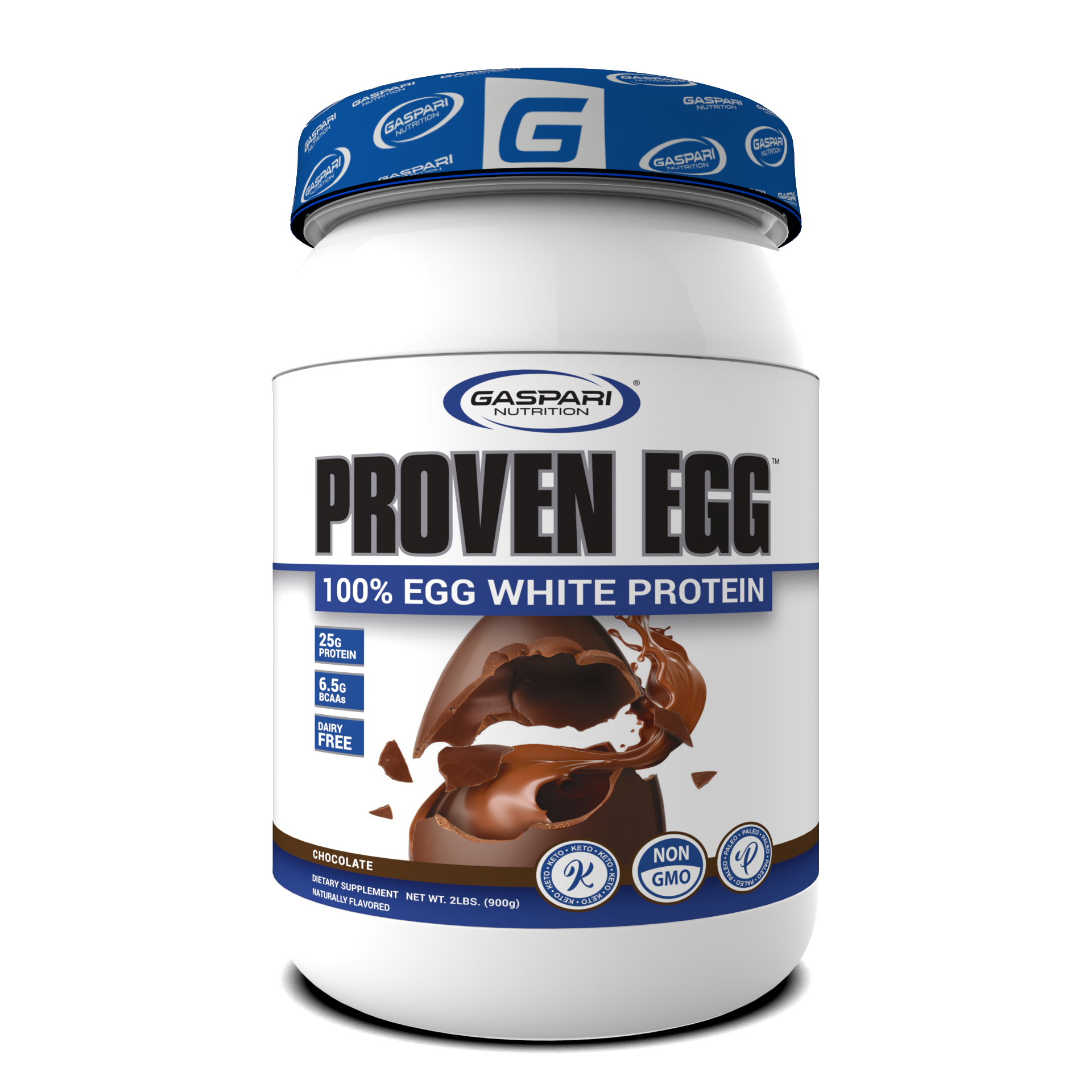




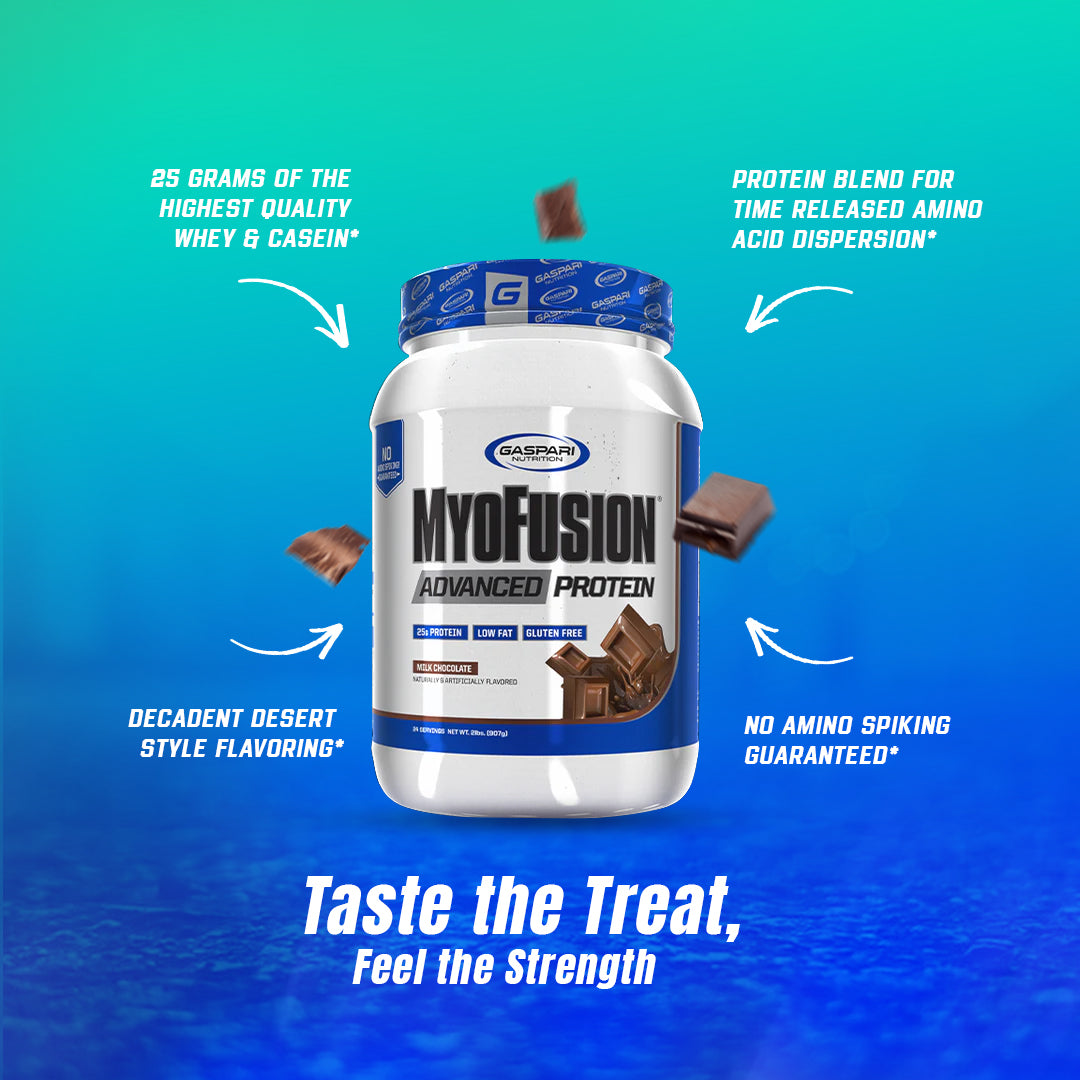

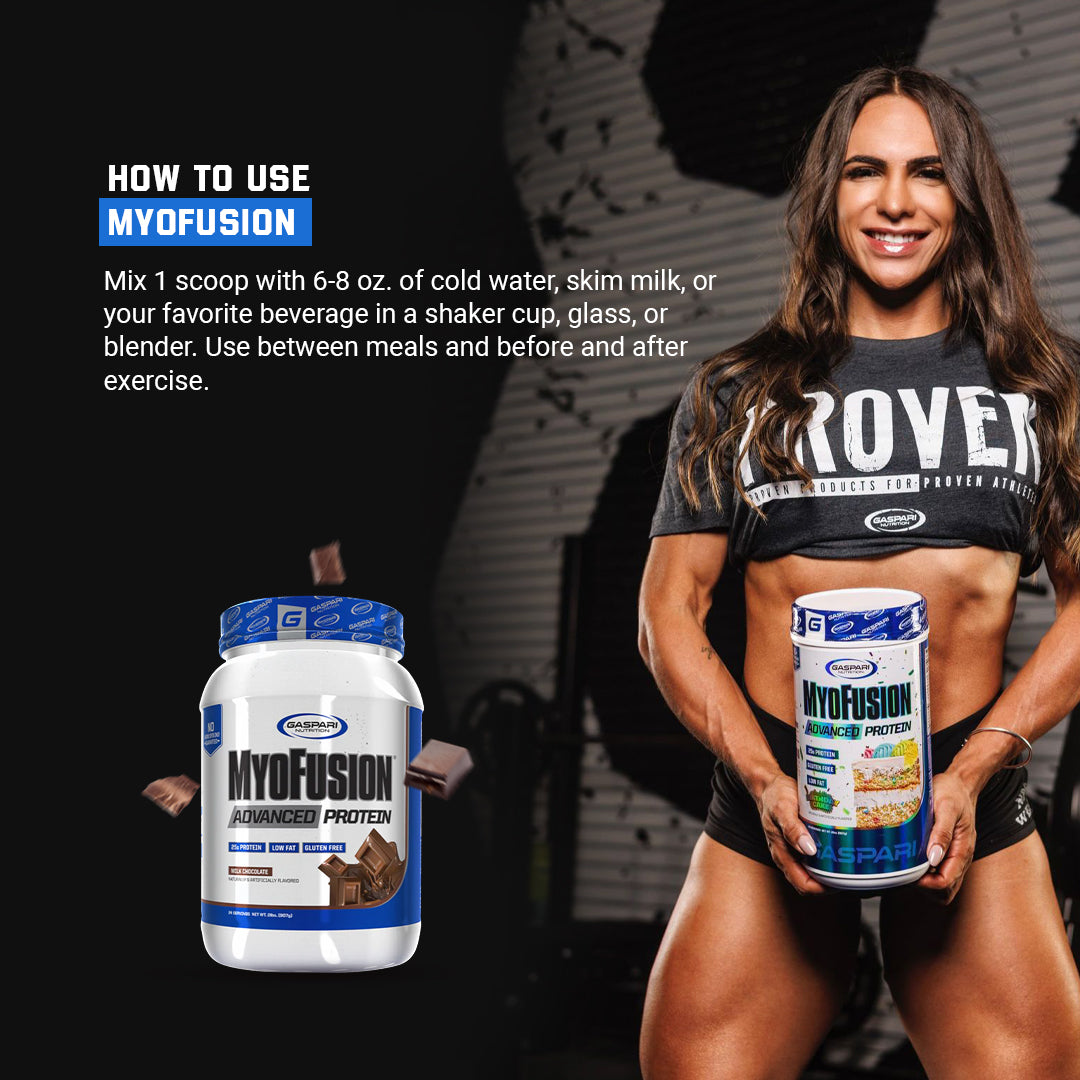
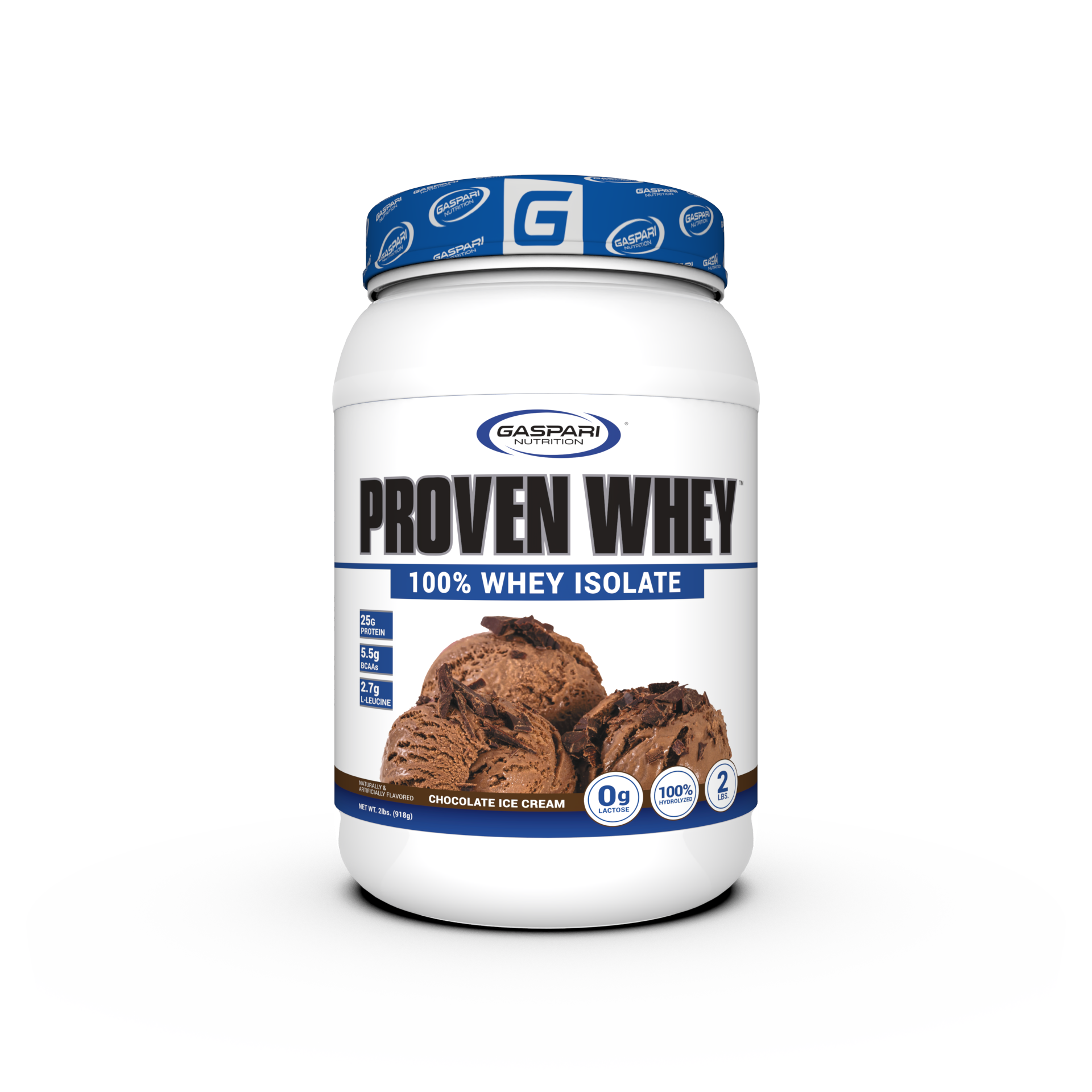


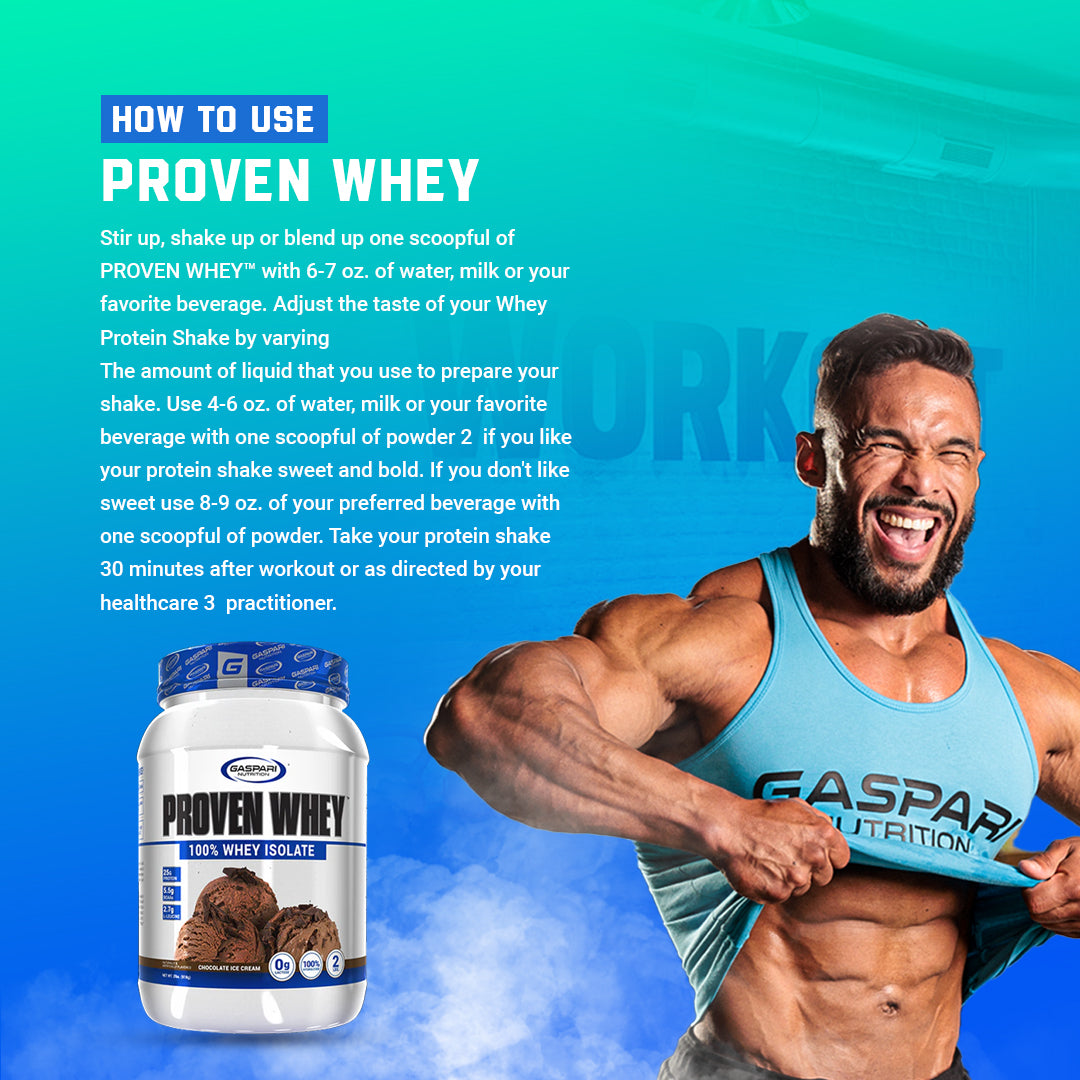

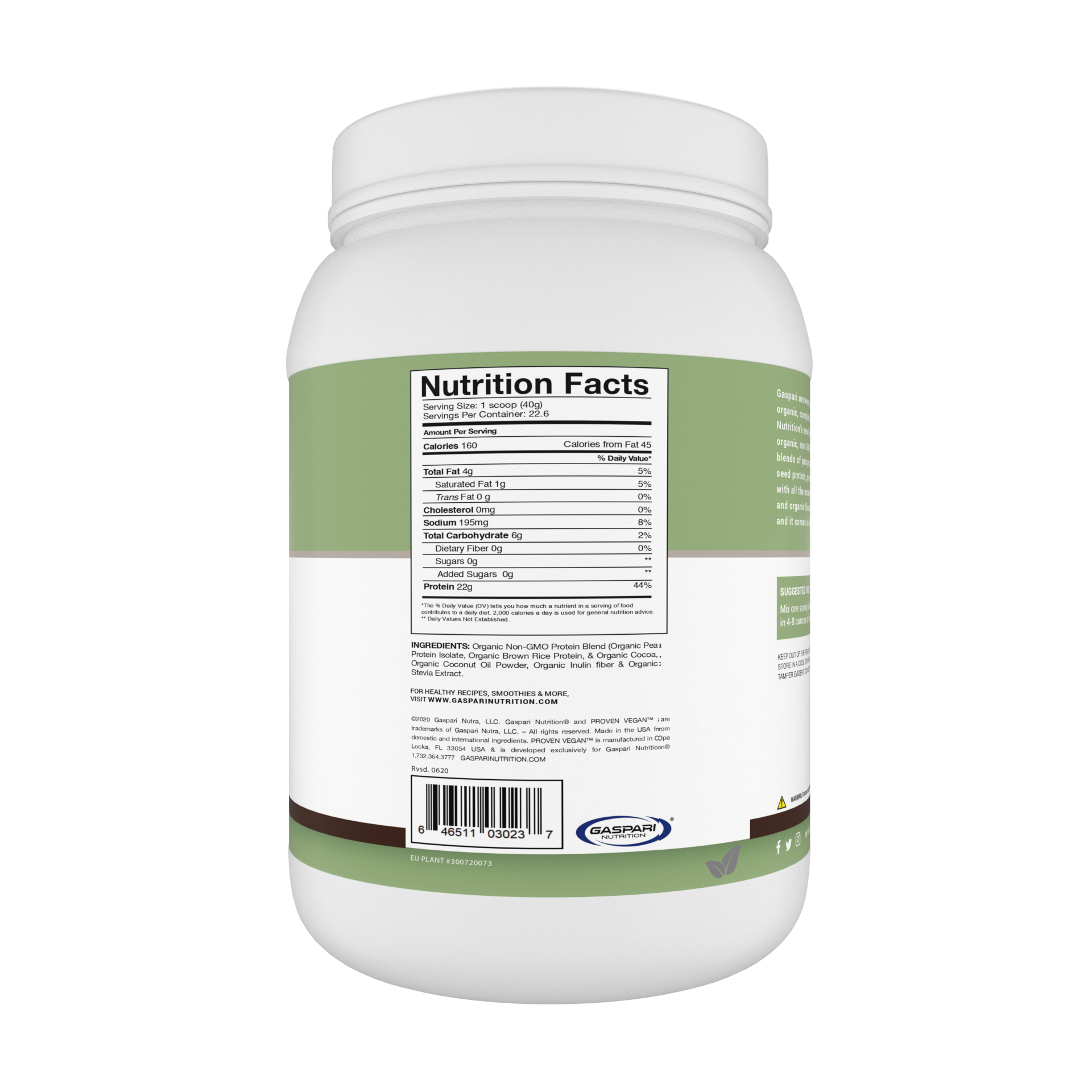

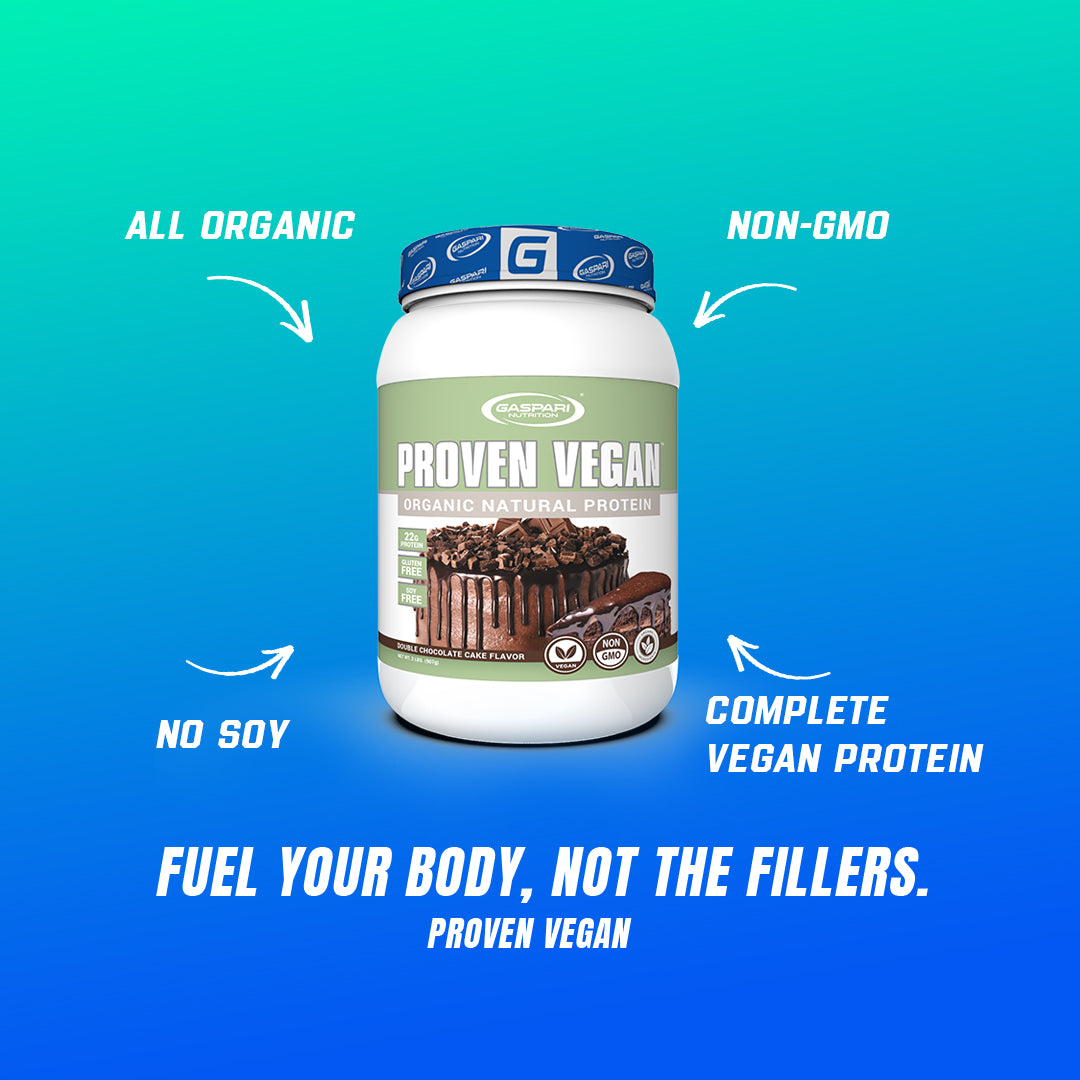
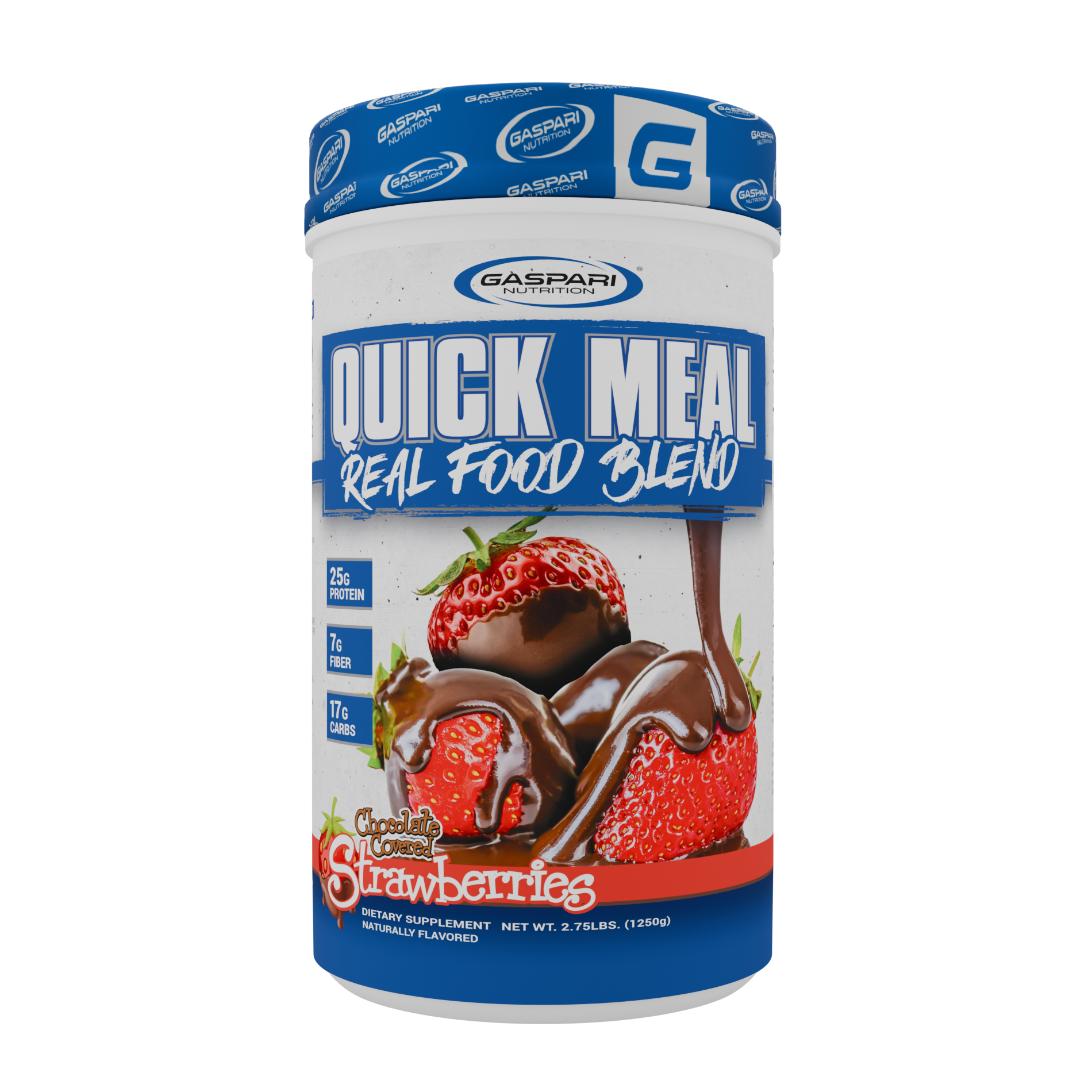


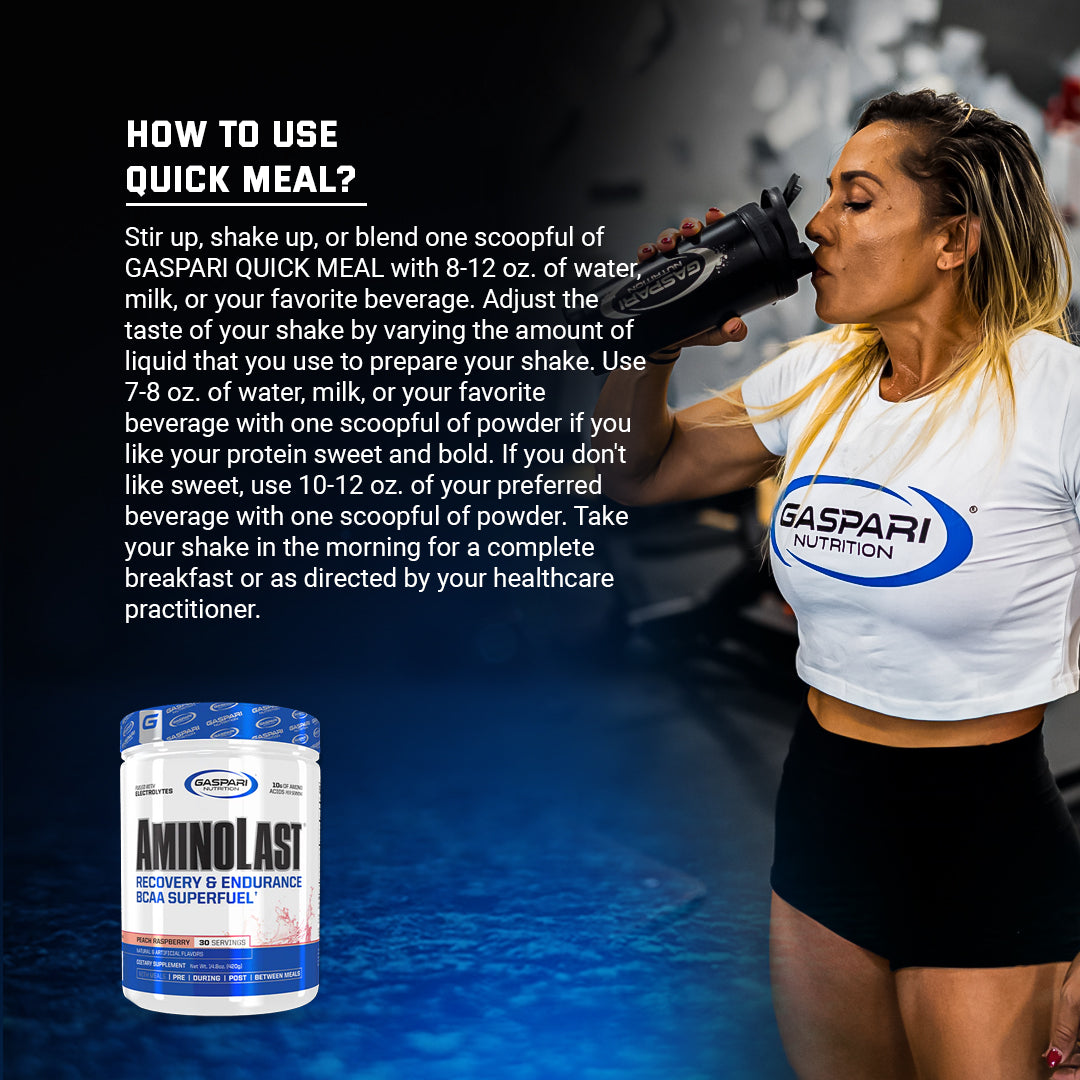
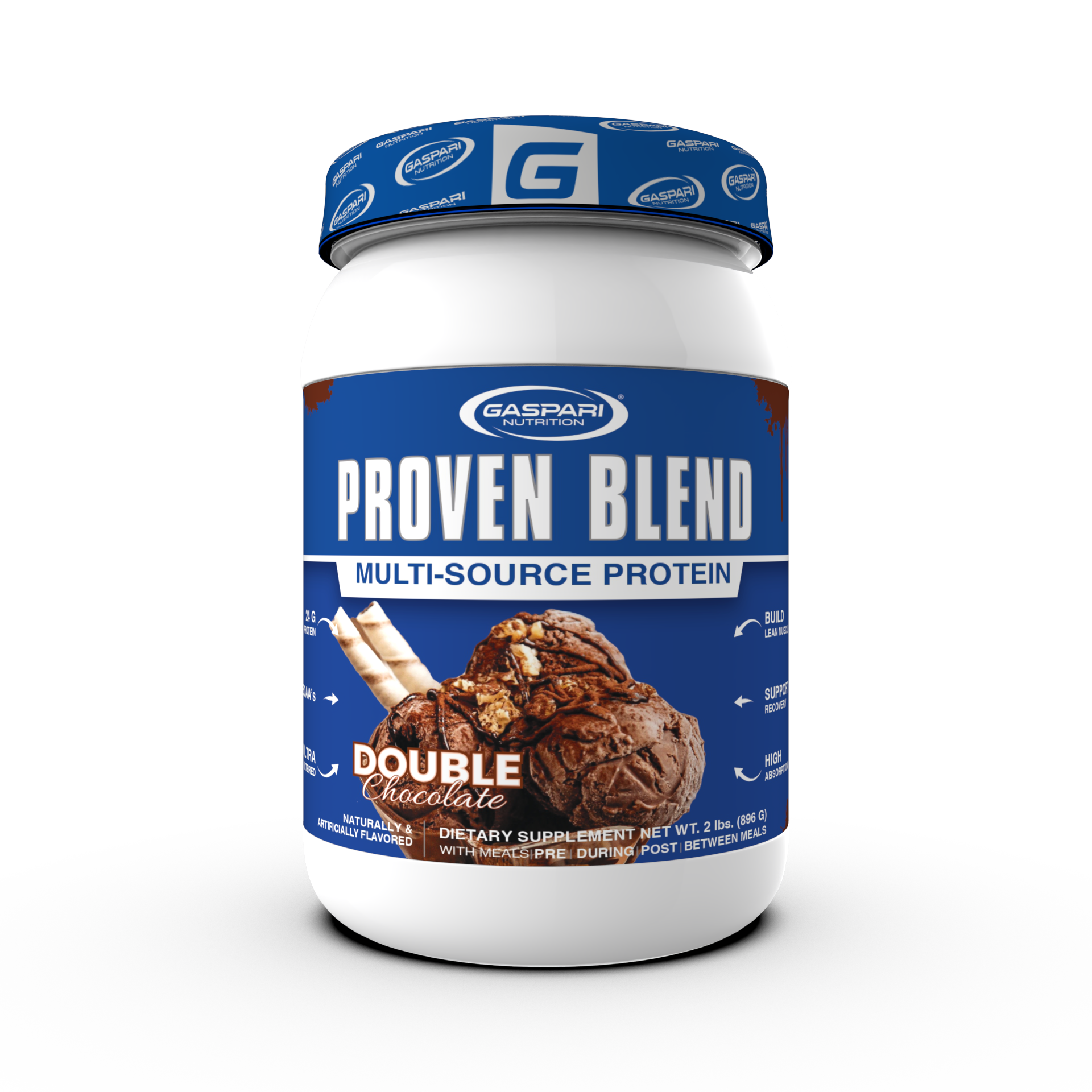
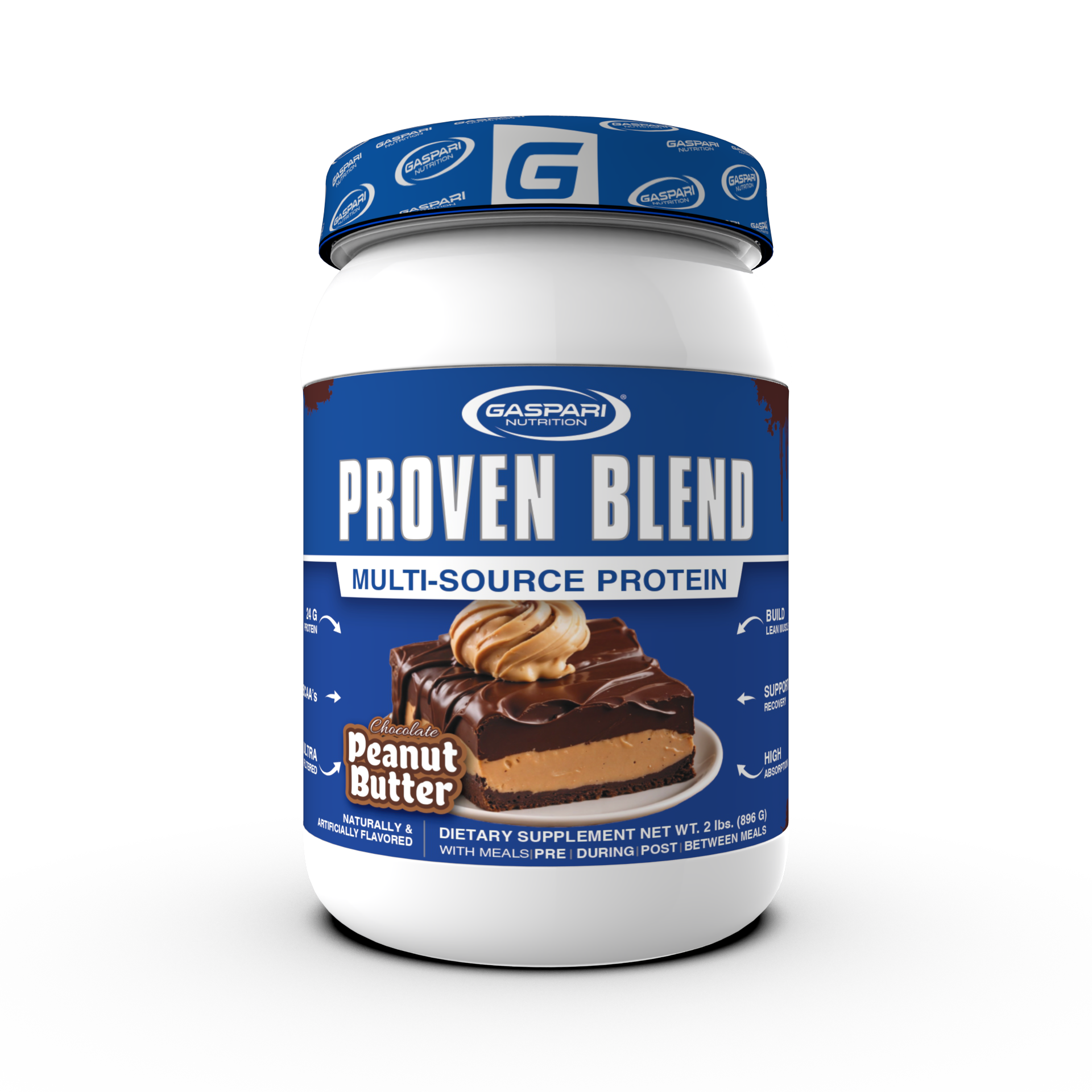


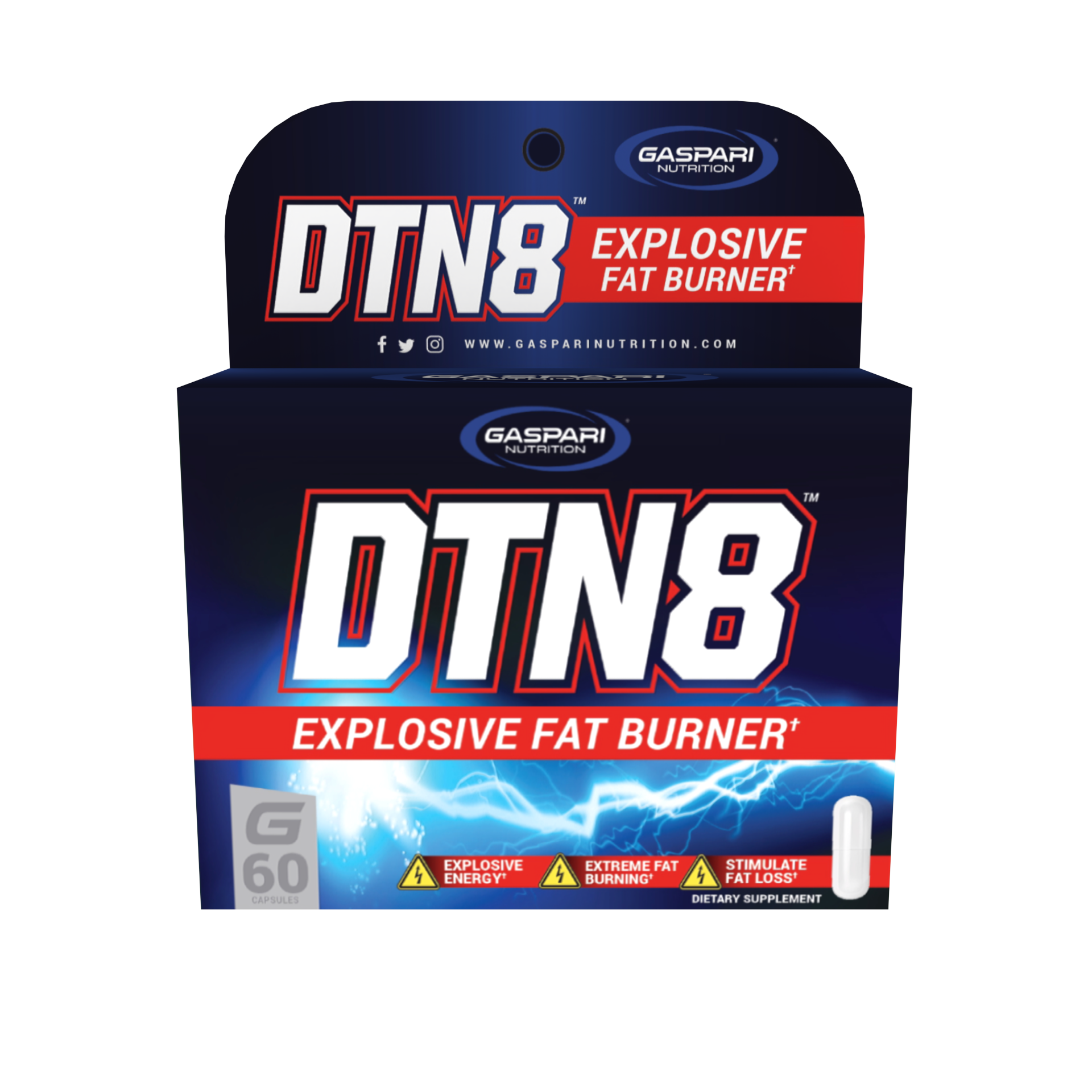



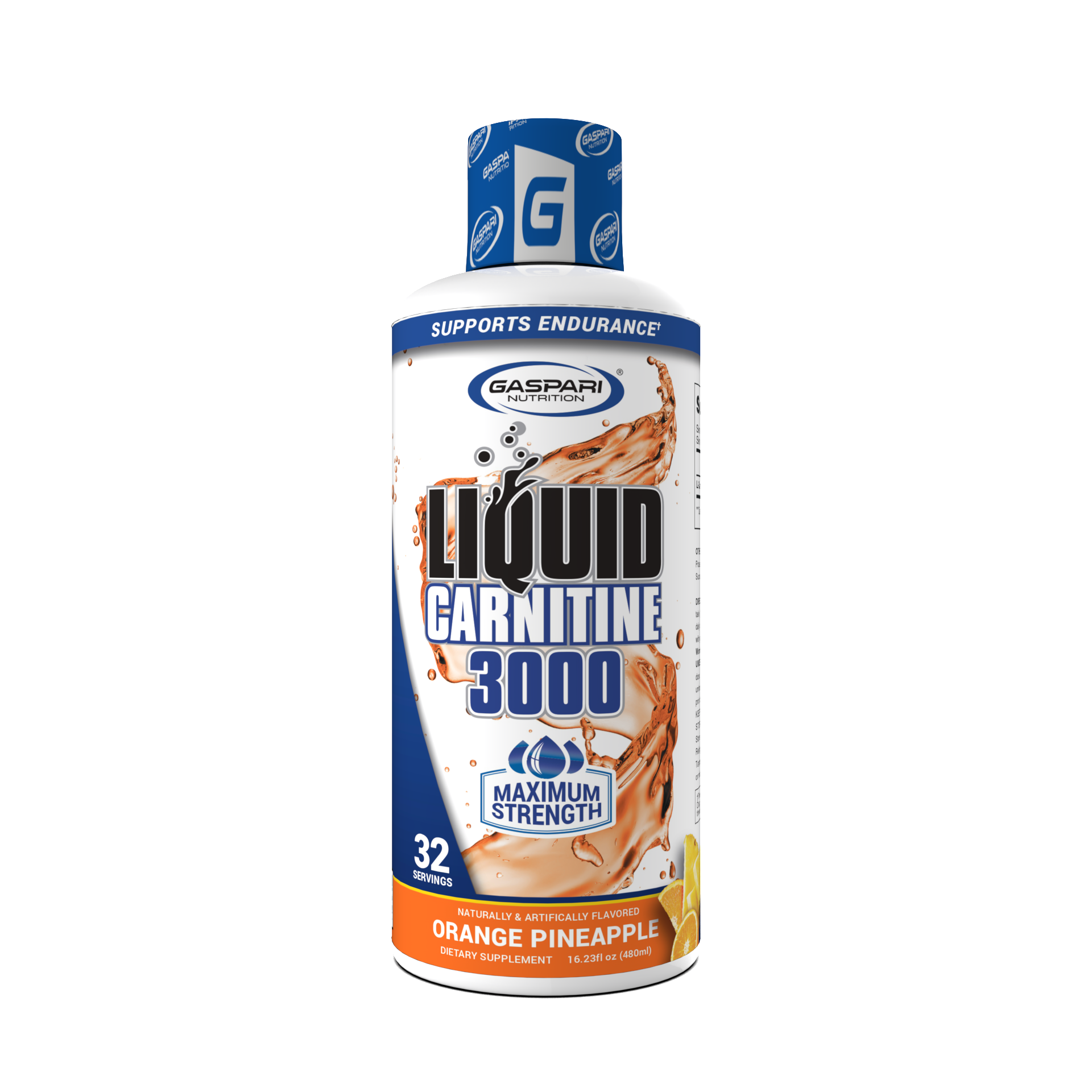


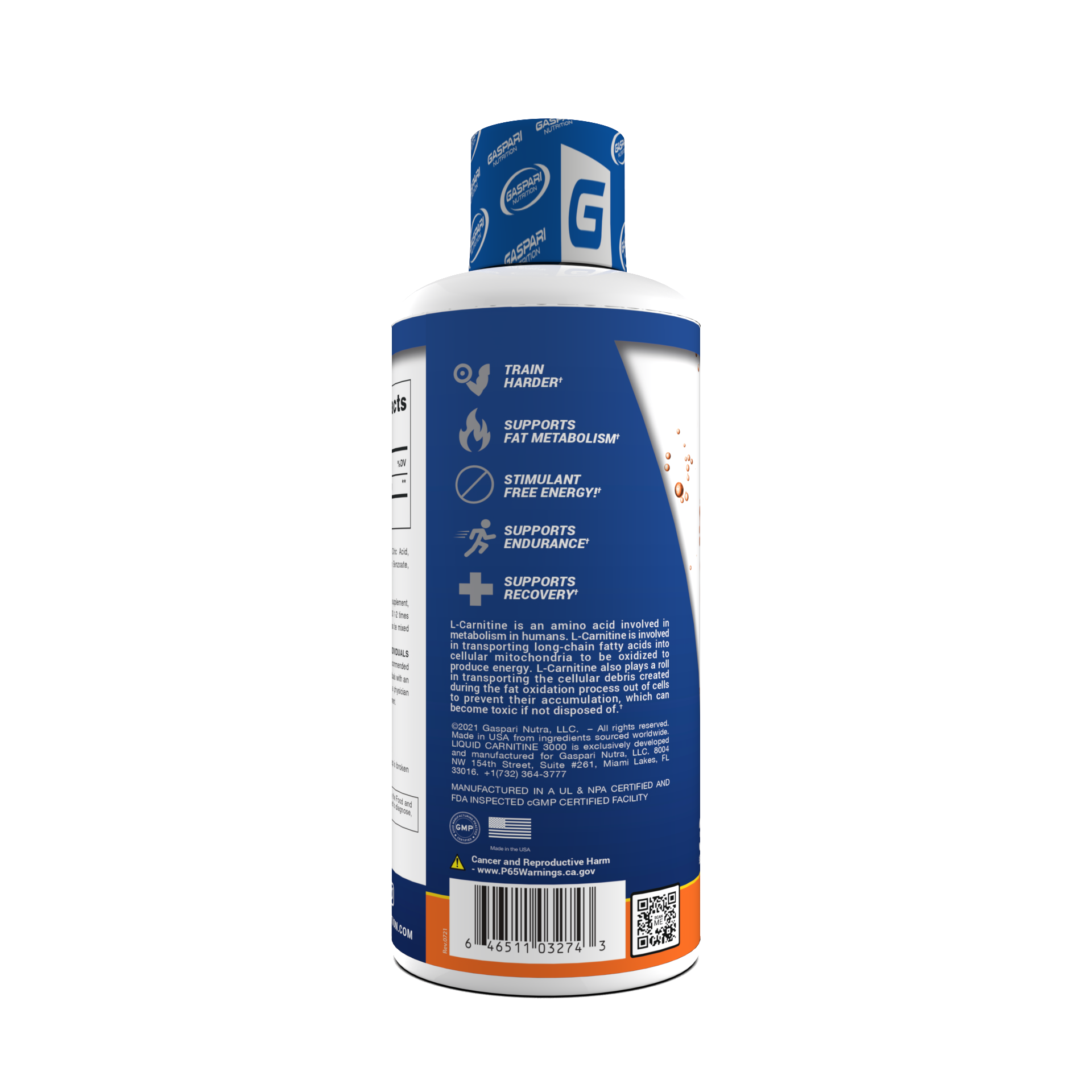

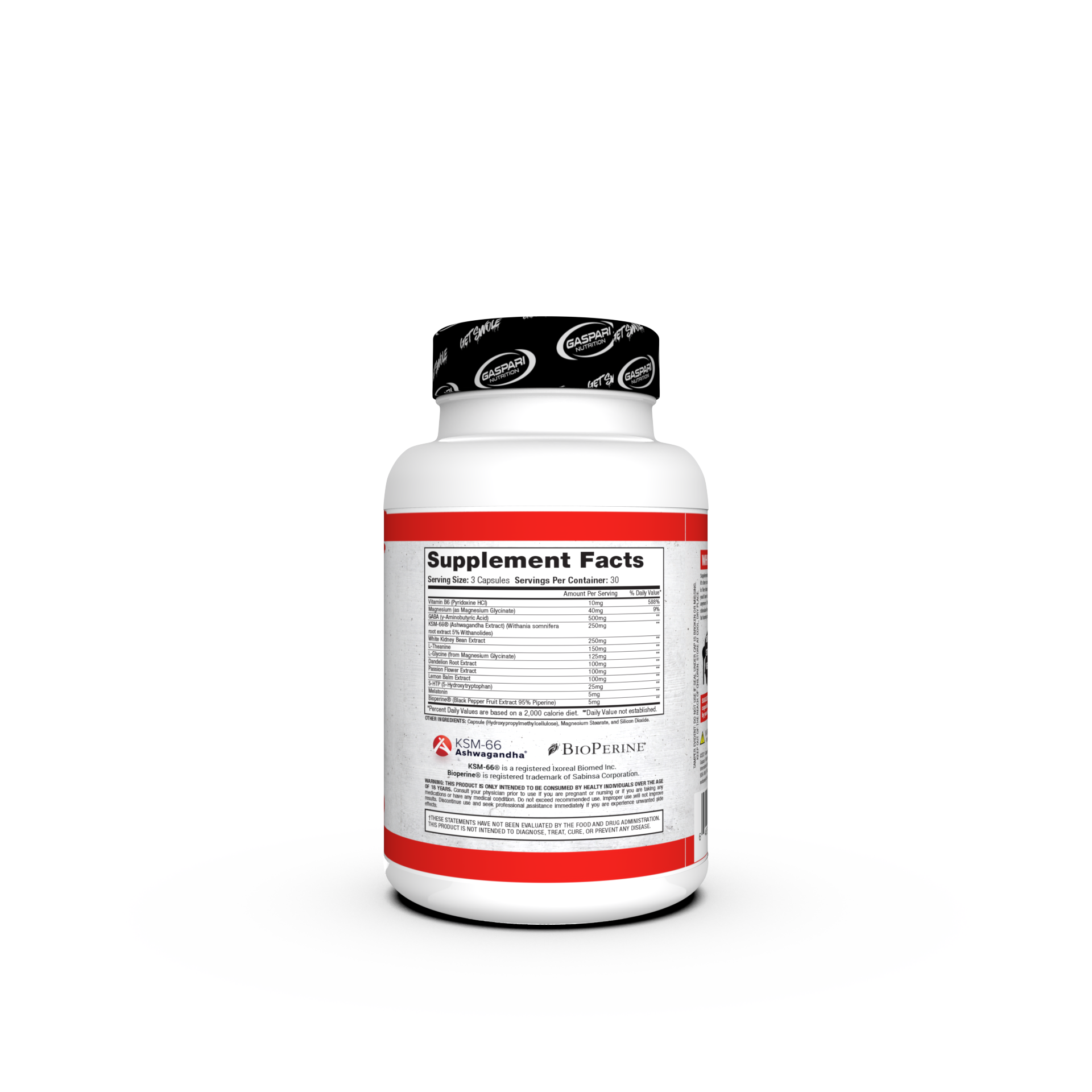
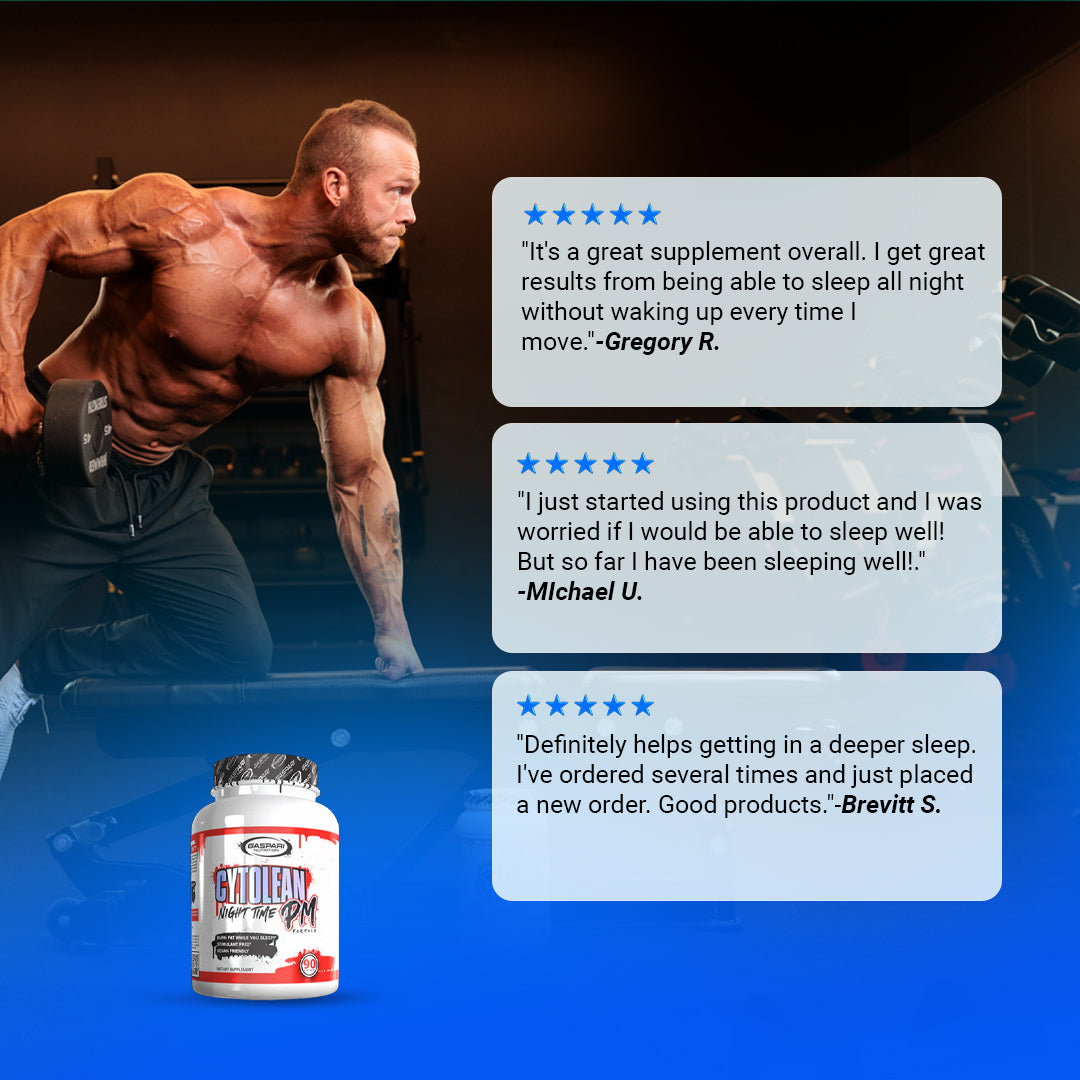

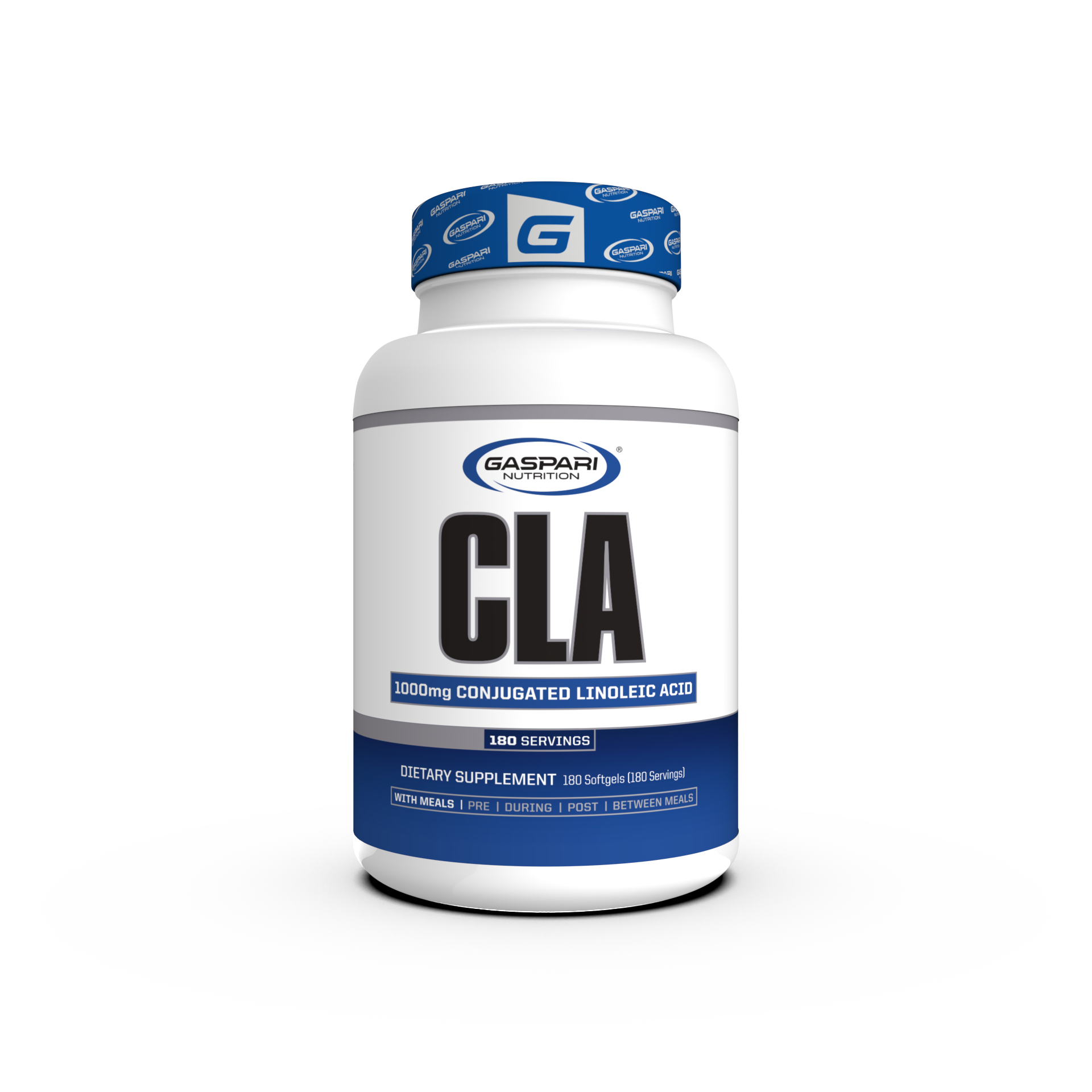

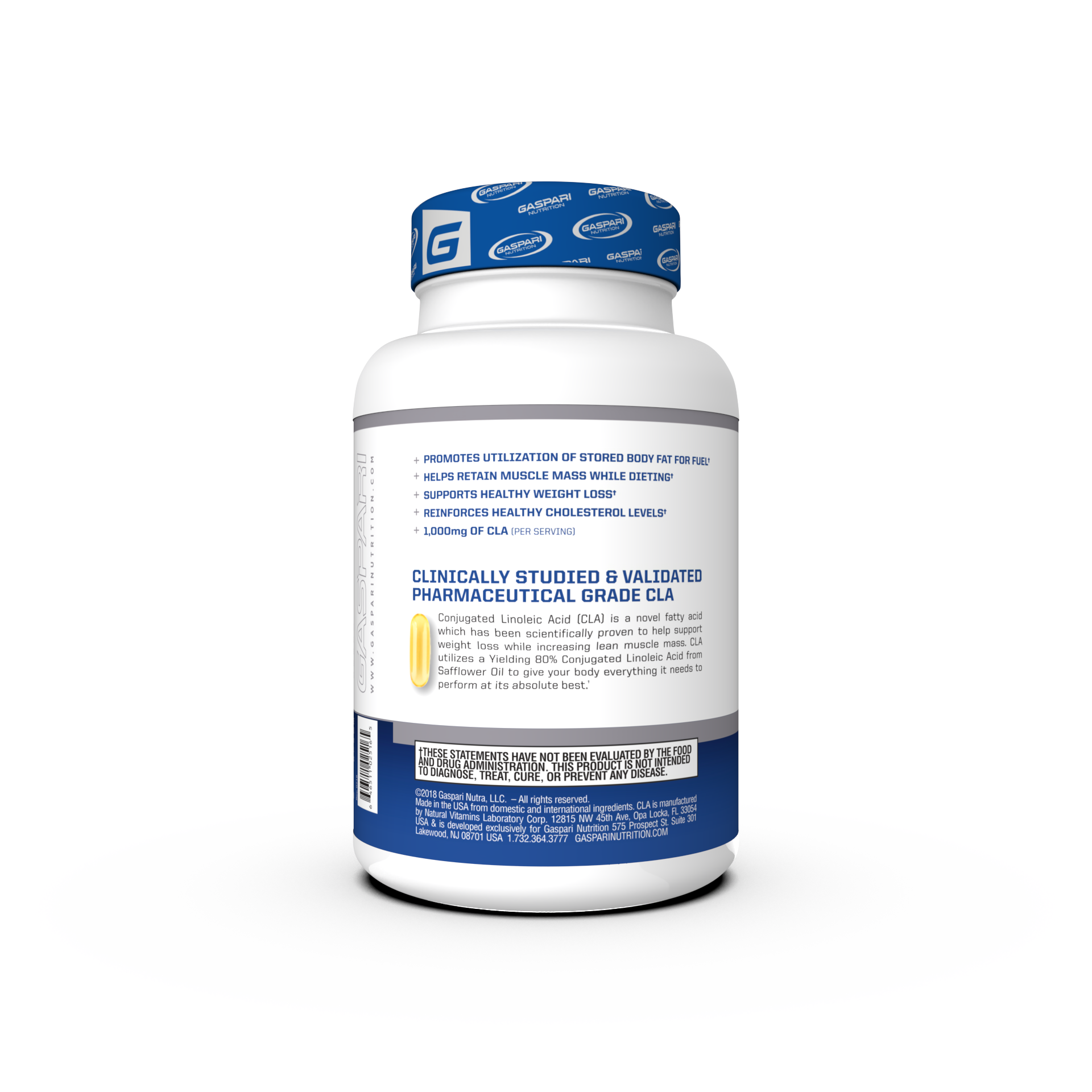



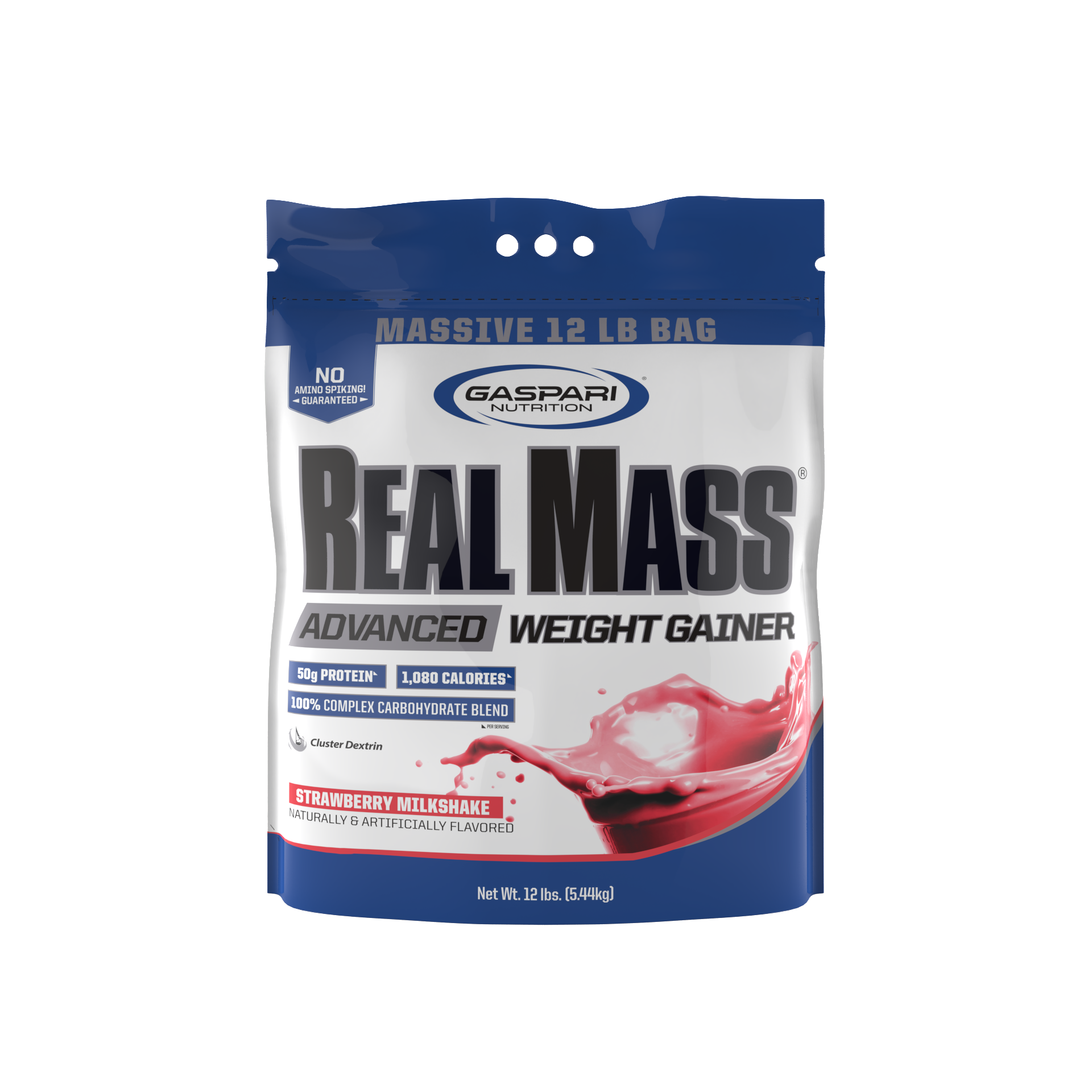

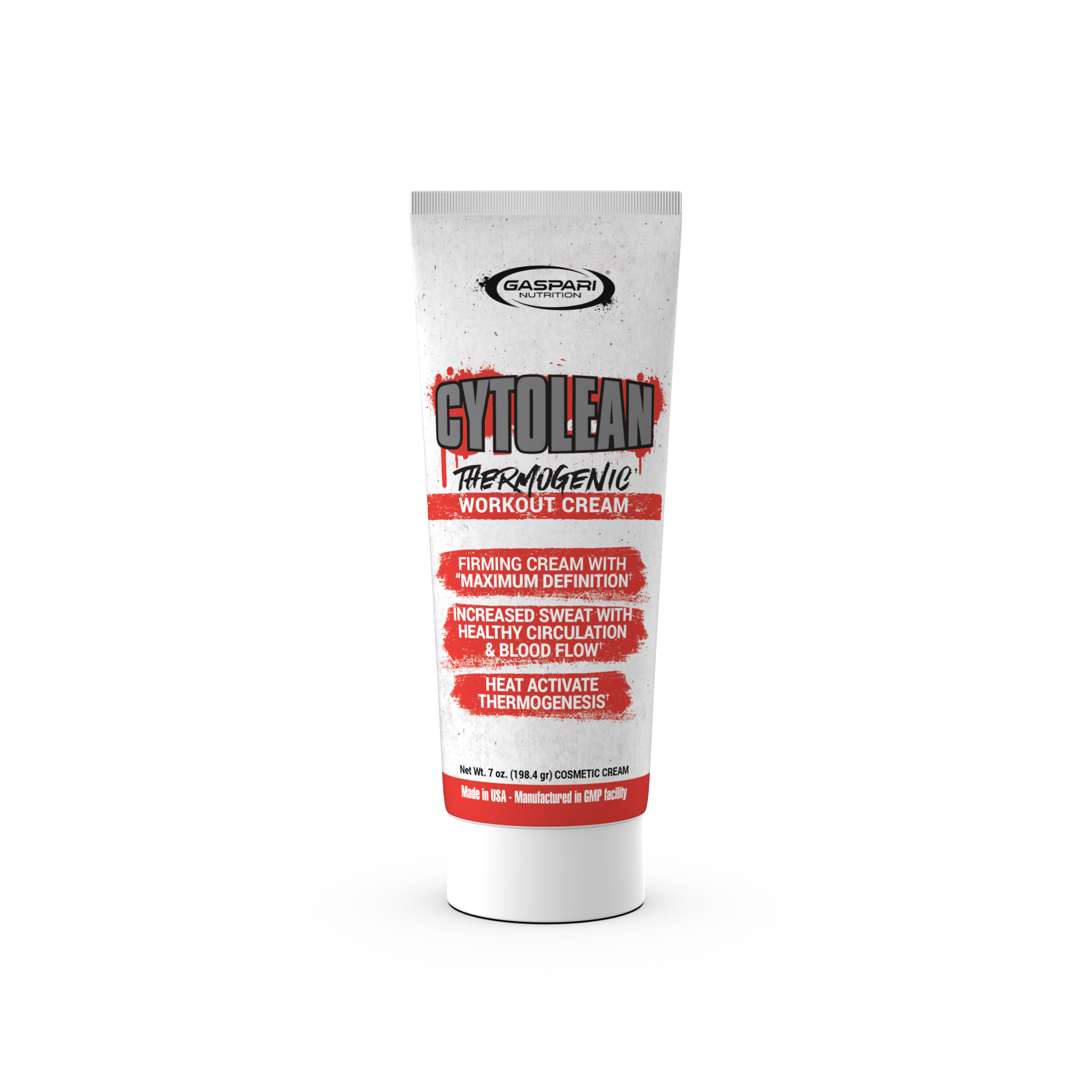

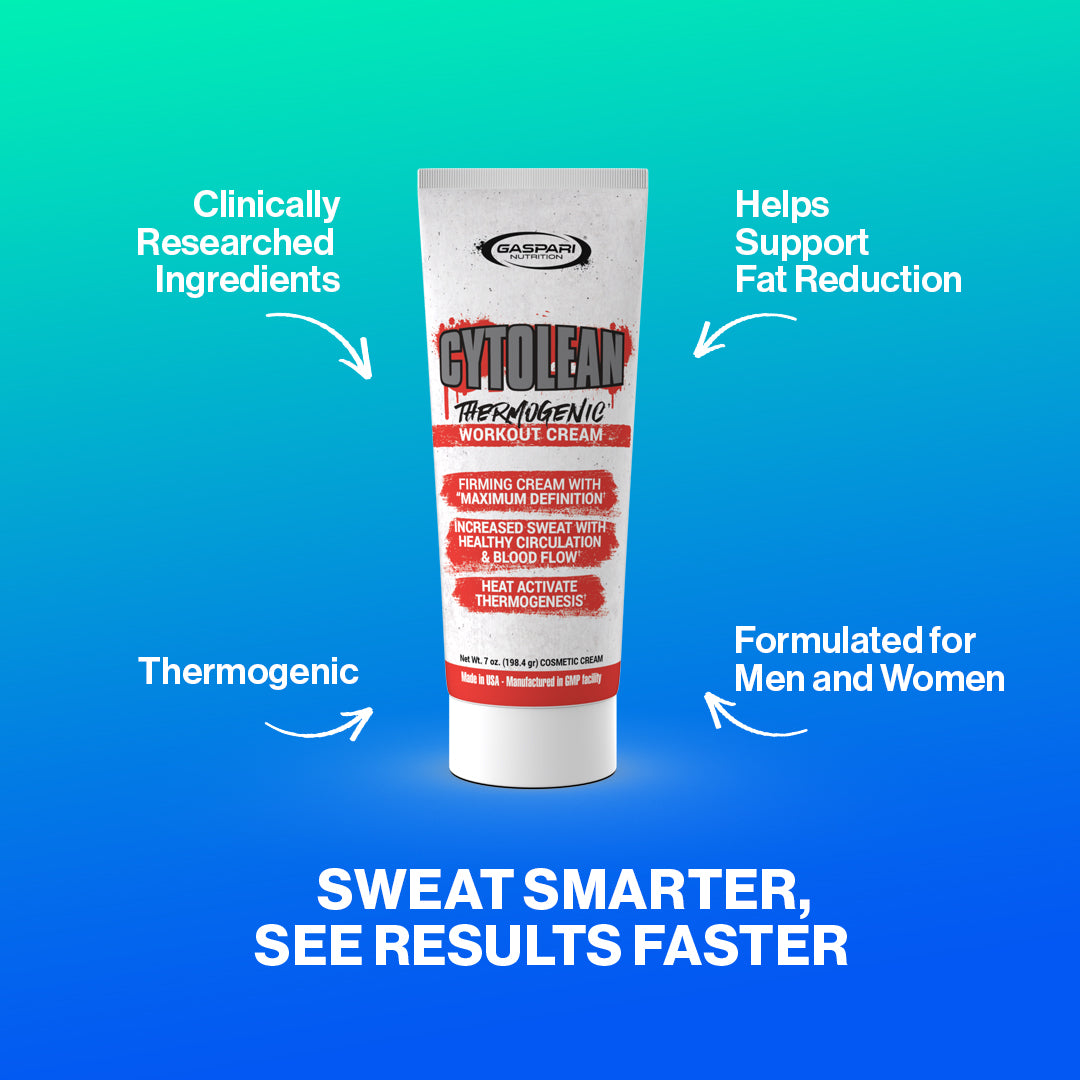
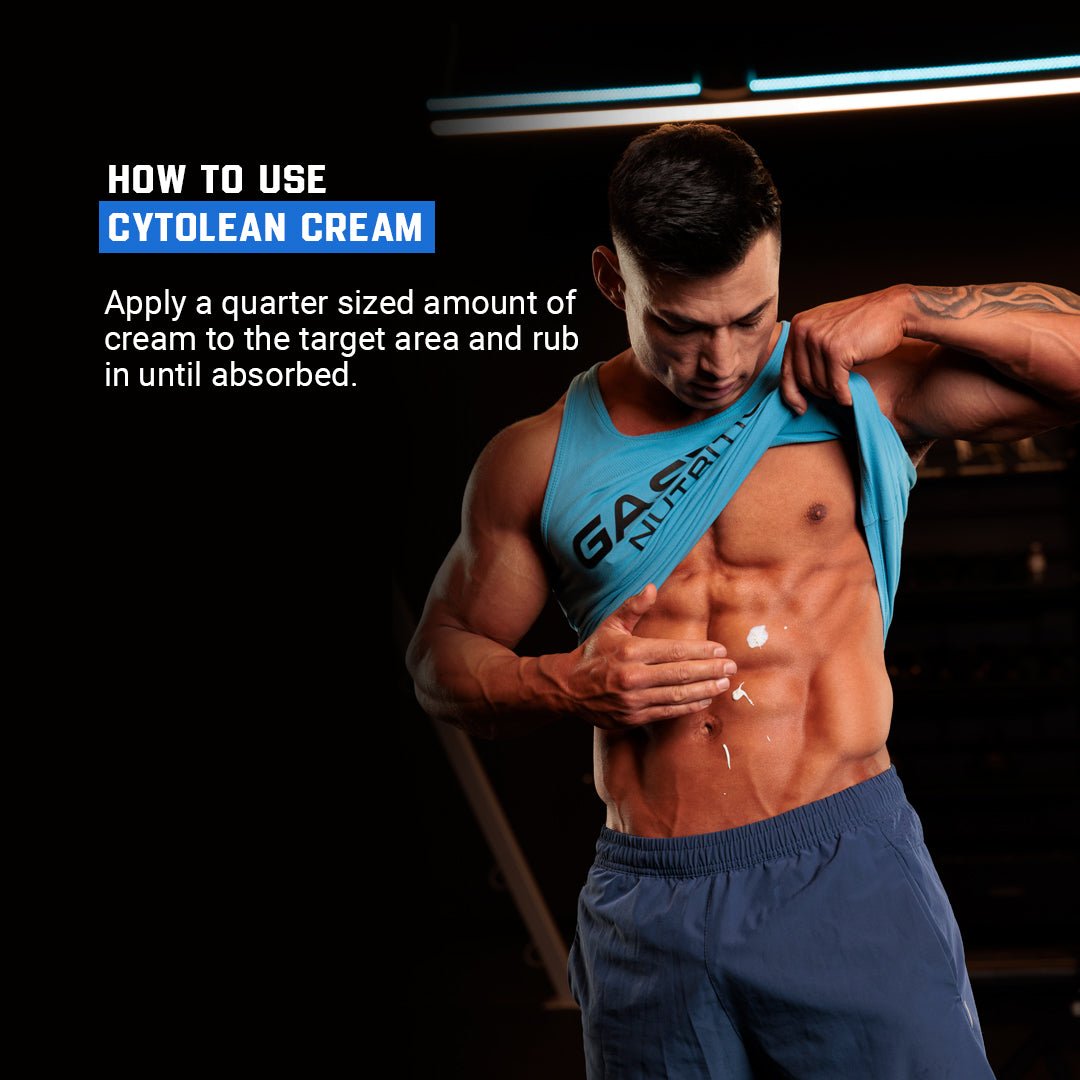
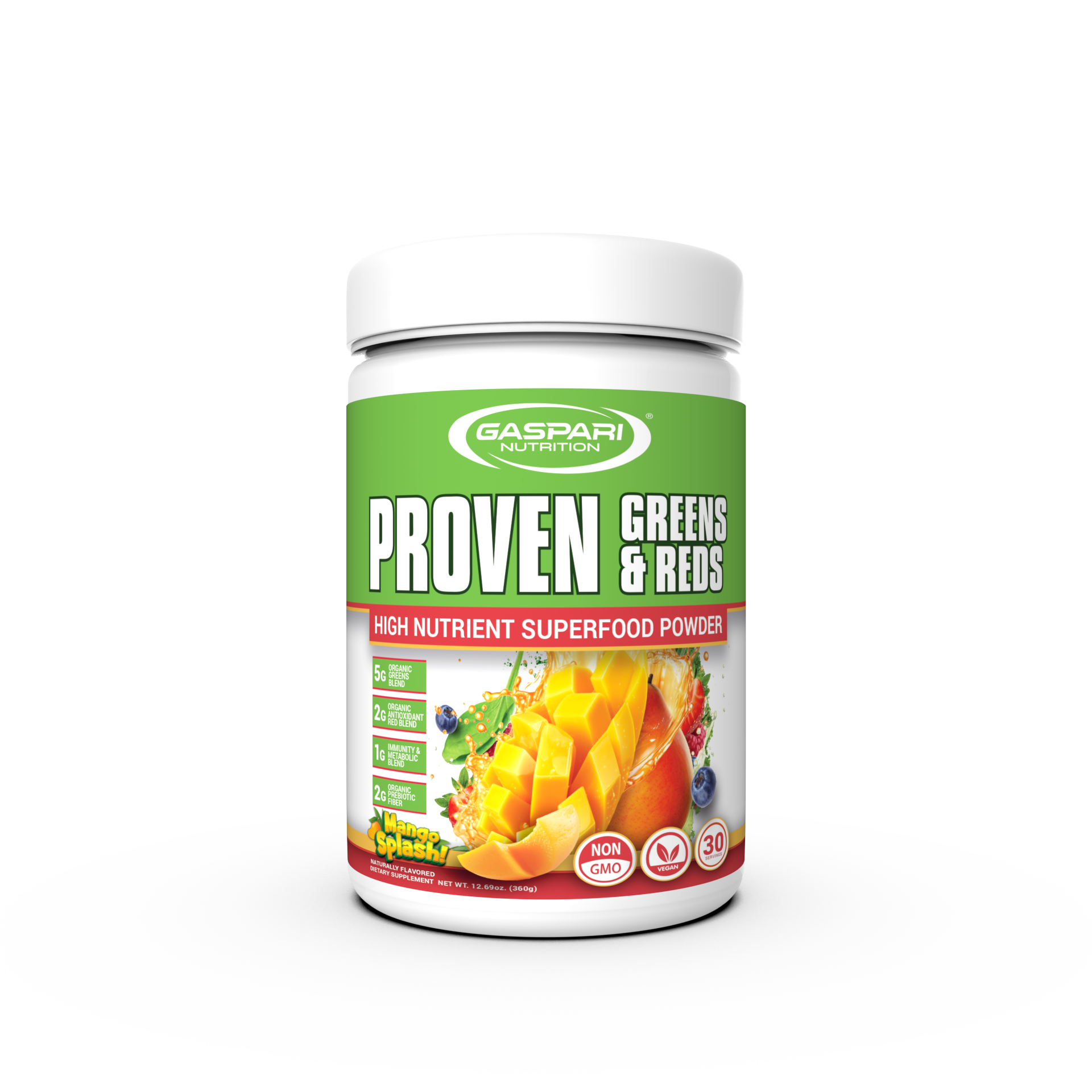
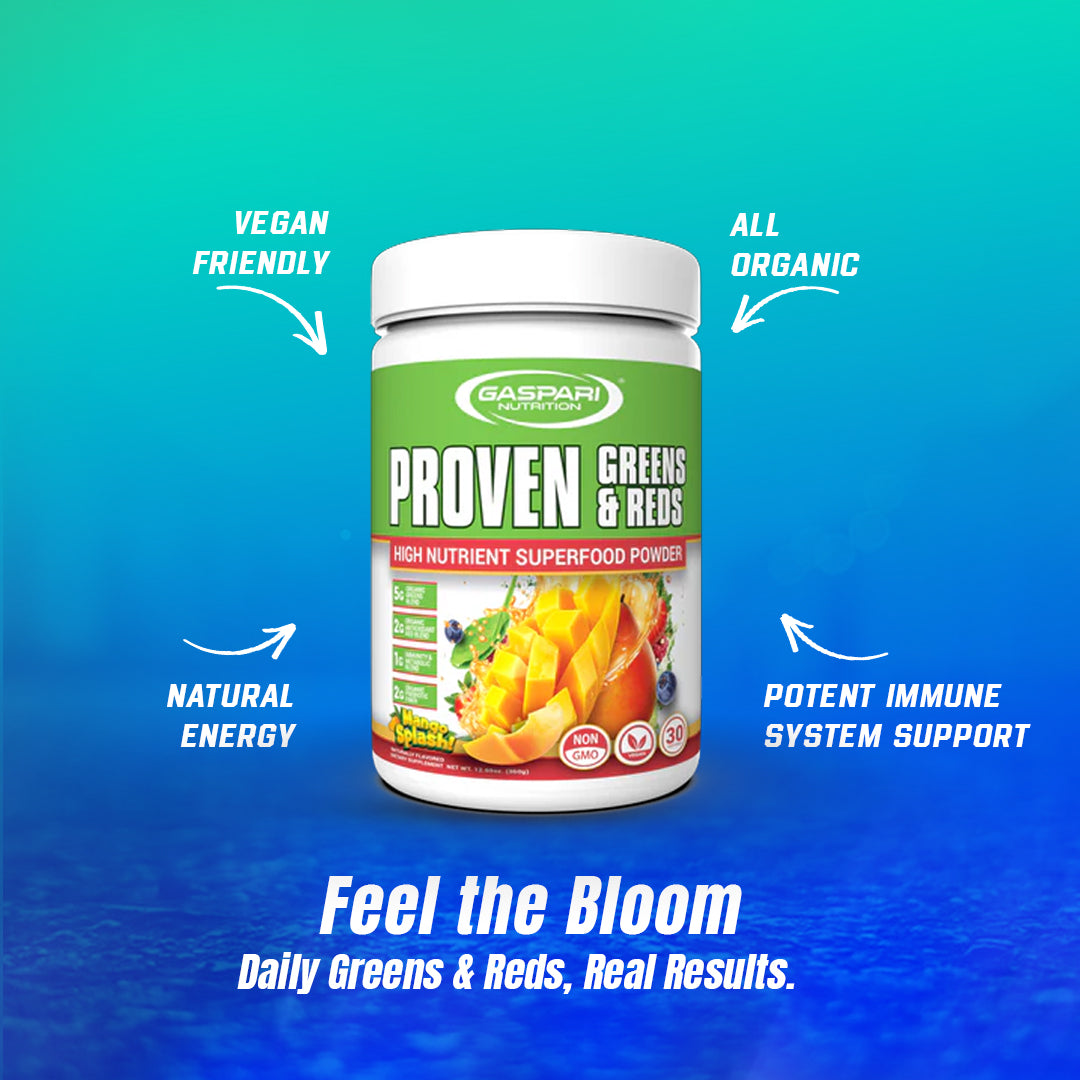

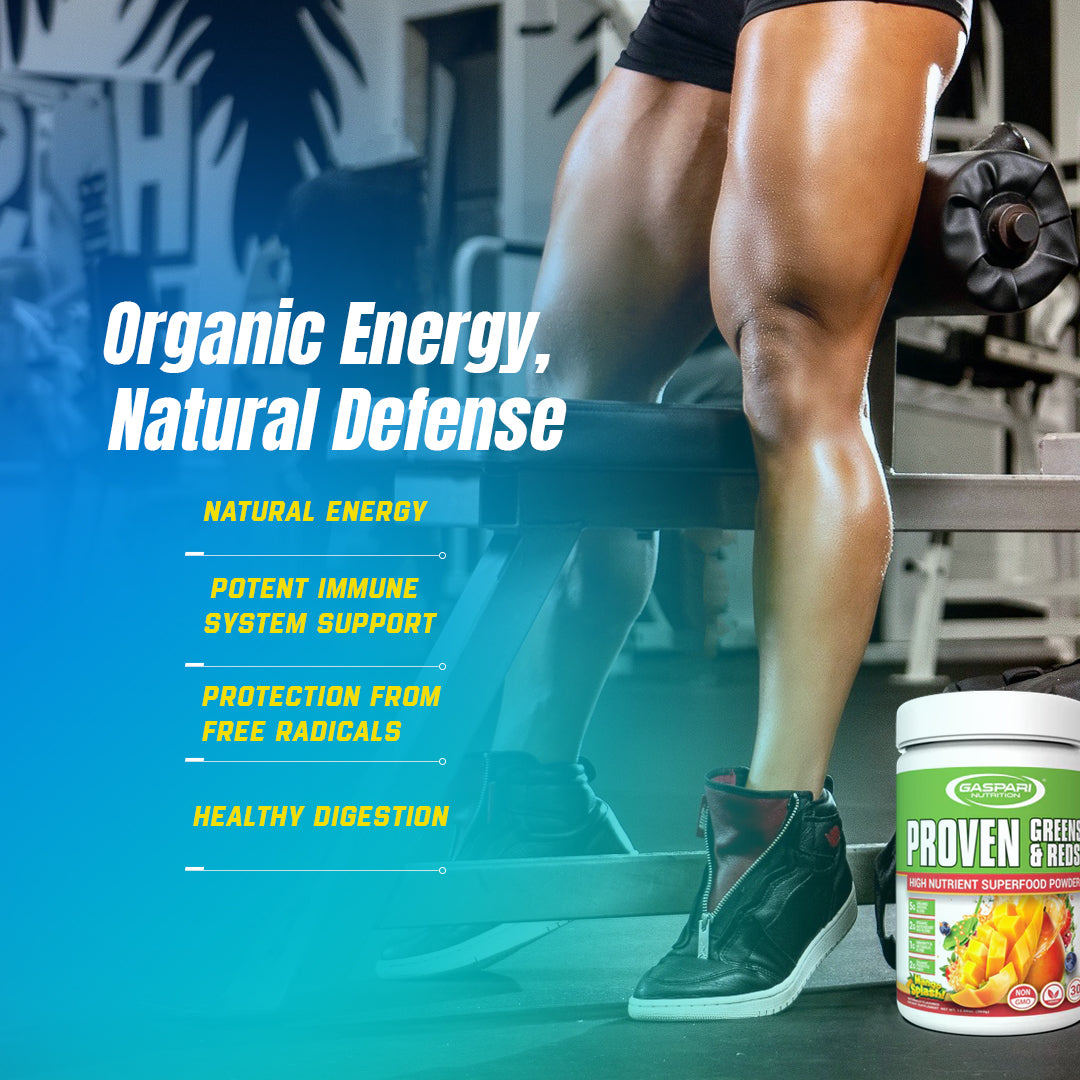

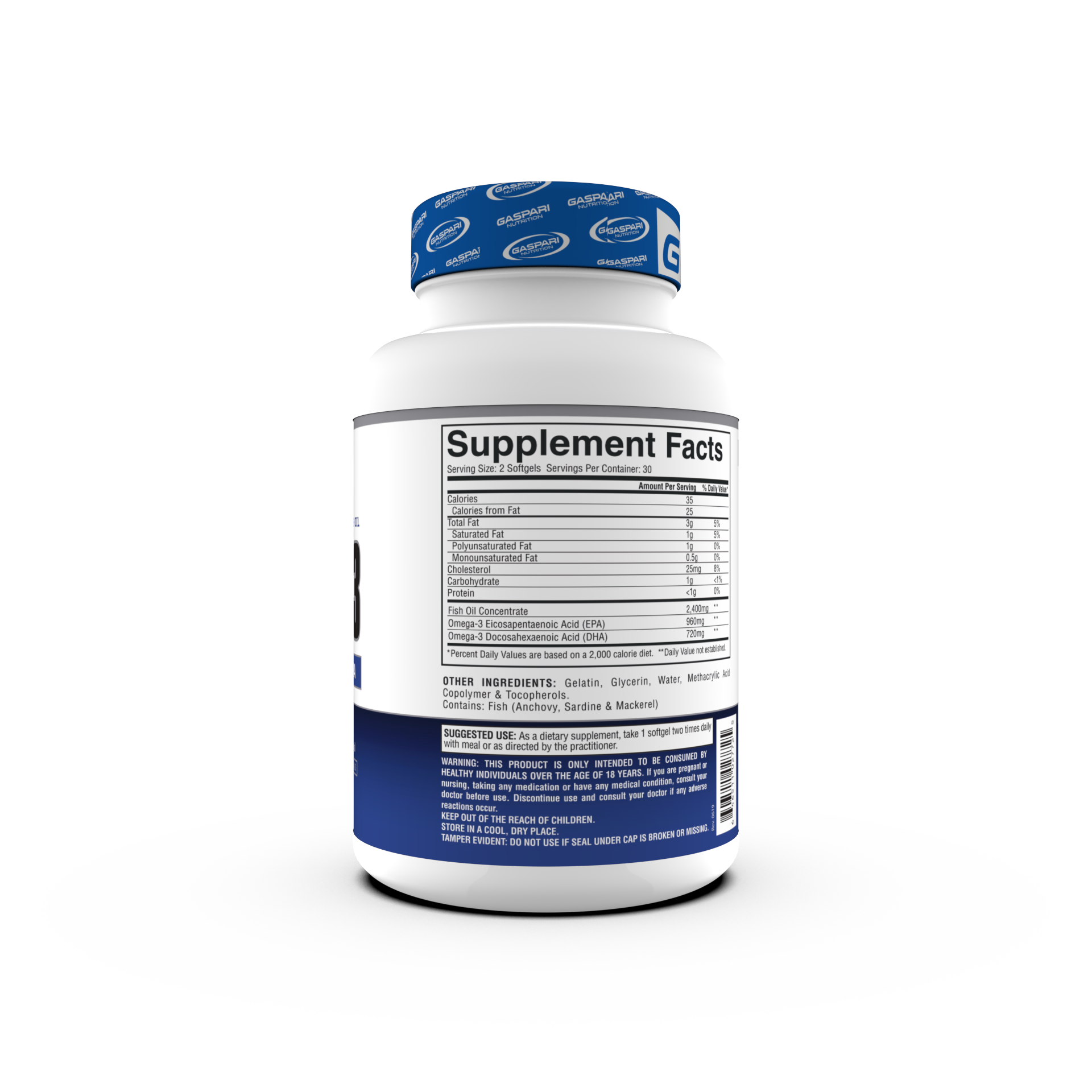
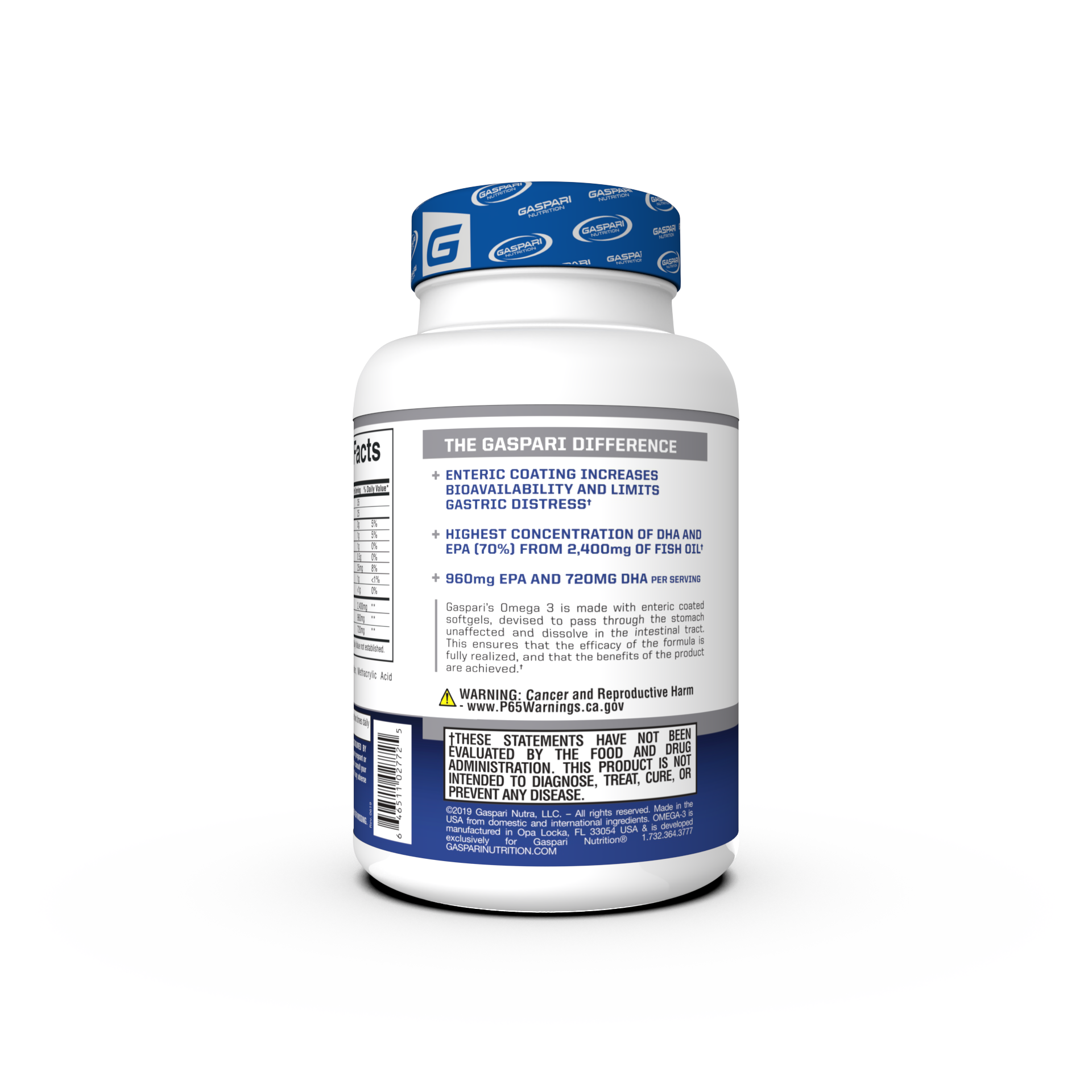

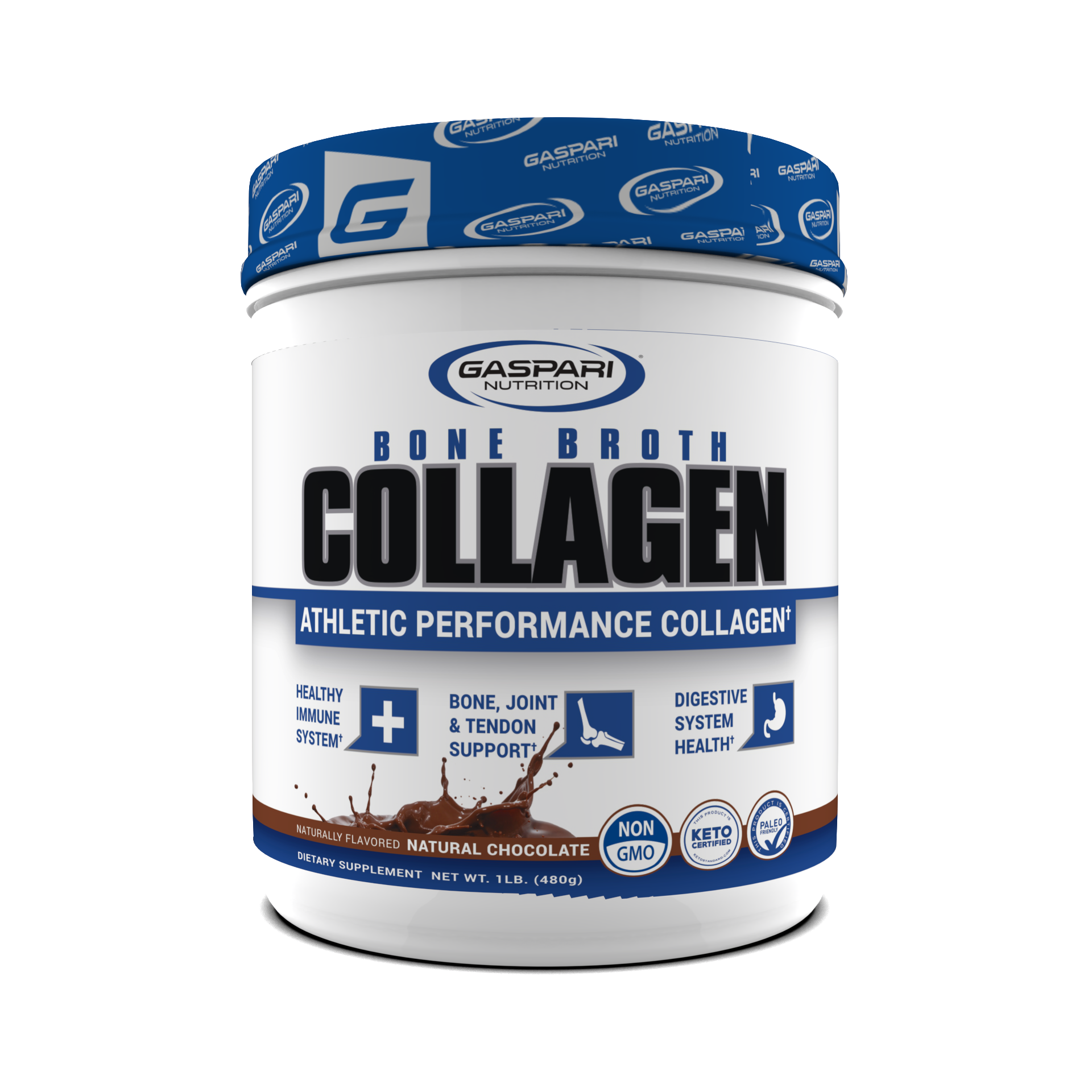







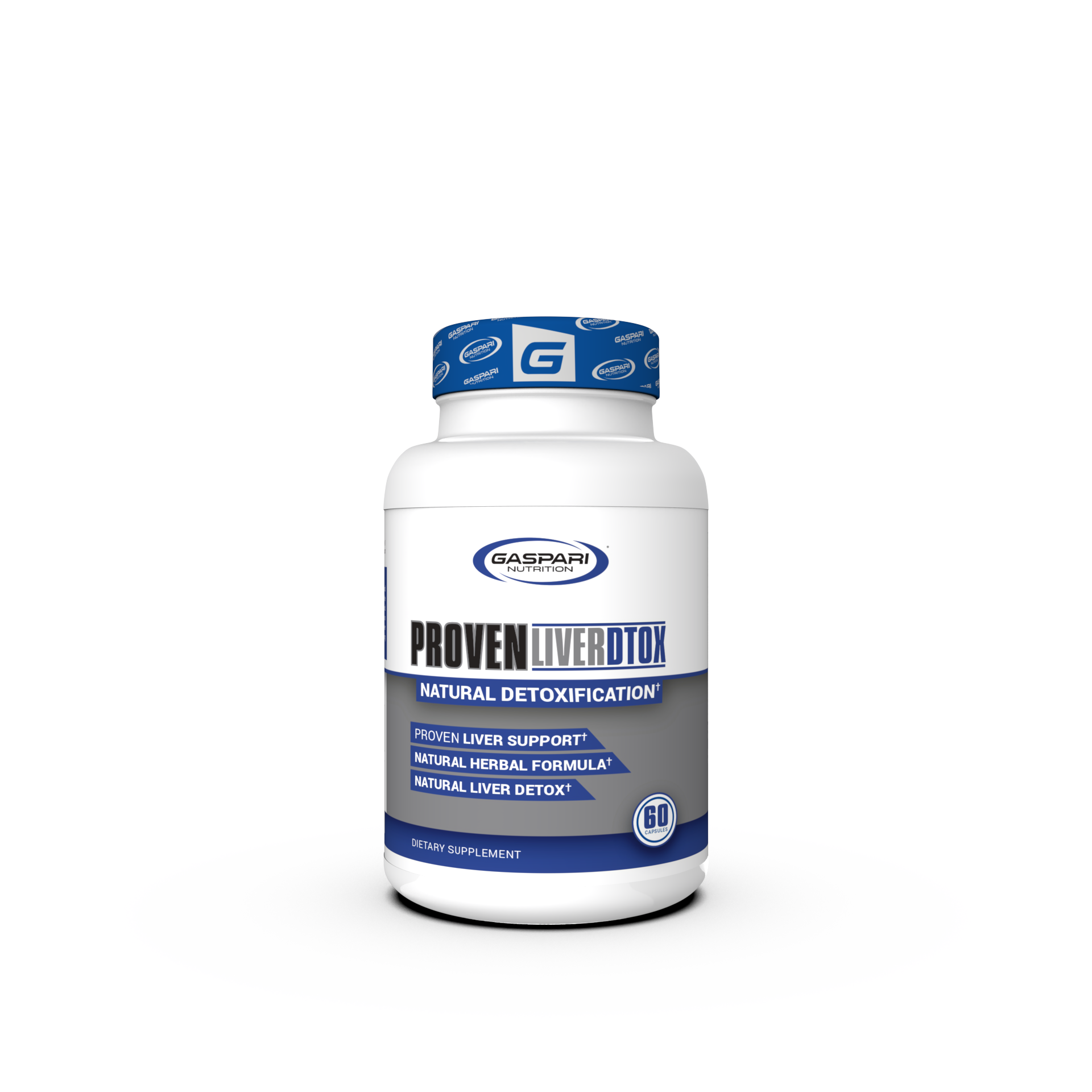

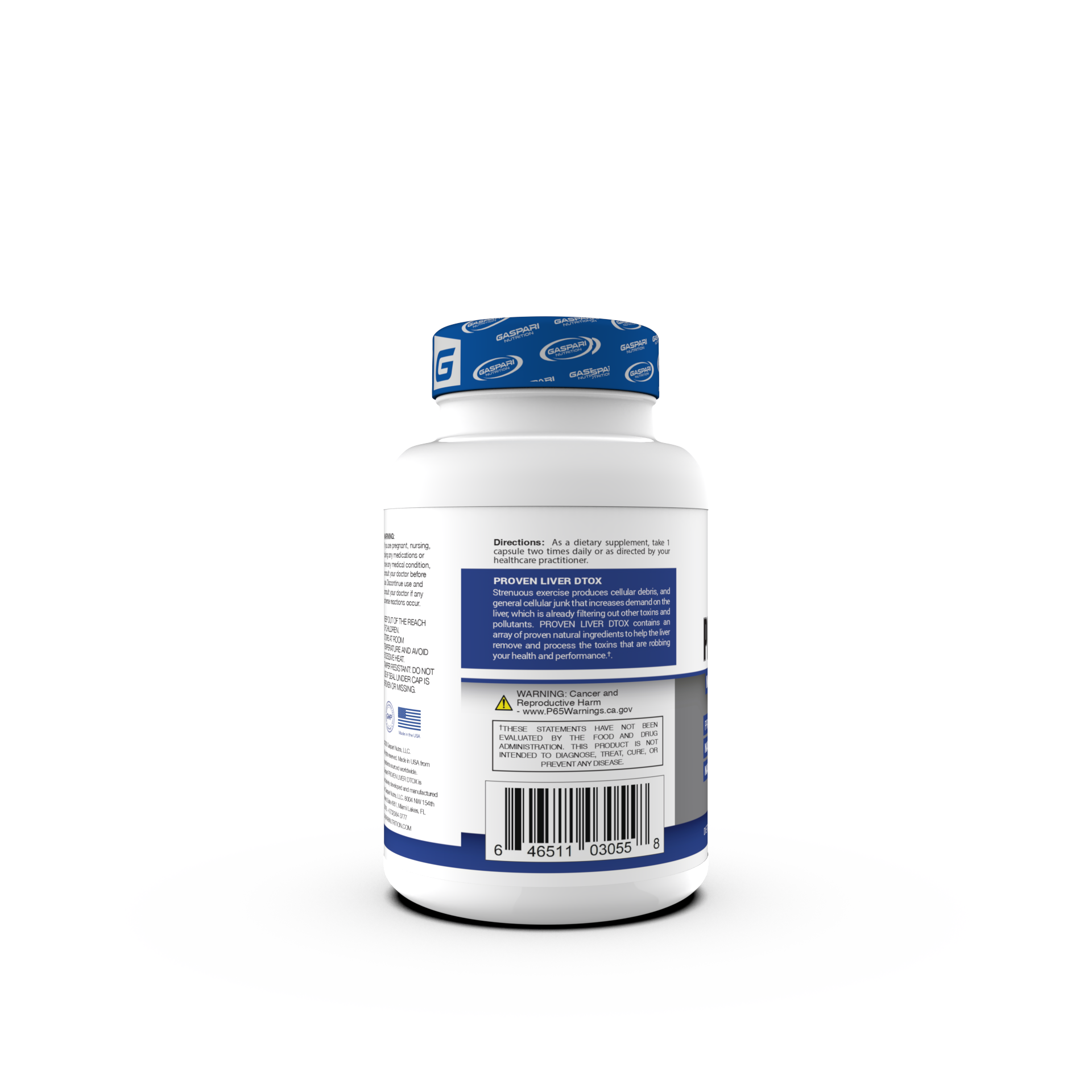

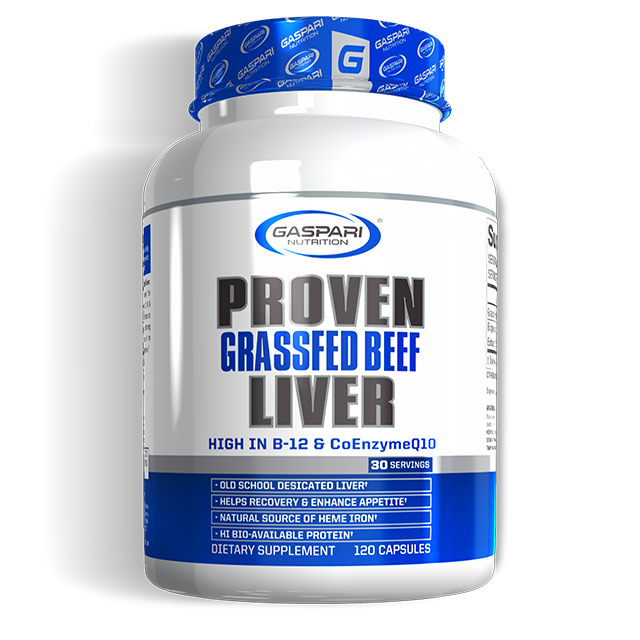





Share:
How To Get A Workout Without Leaving Your Home
How To Turn Your Body Into A Fat-Burning Machine